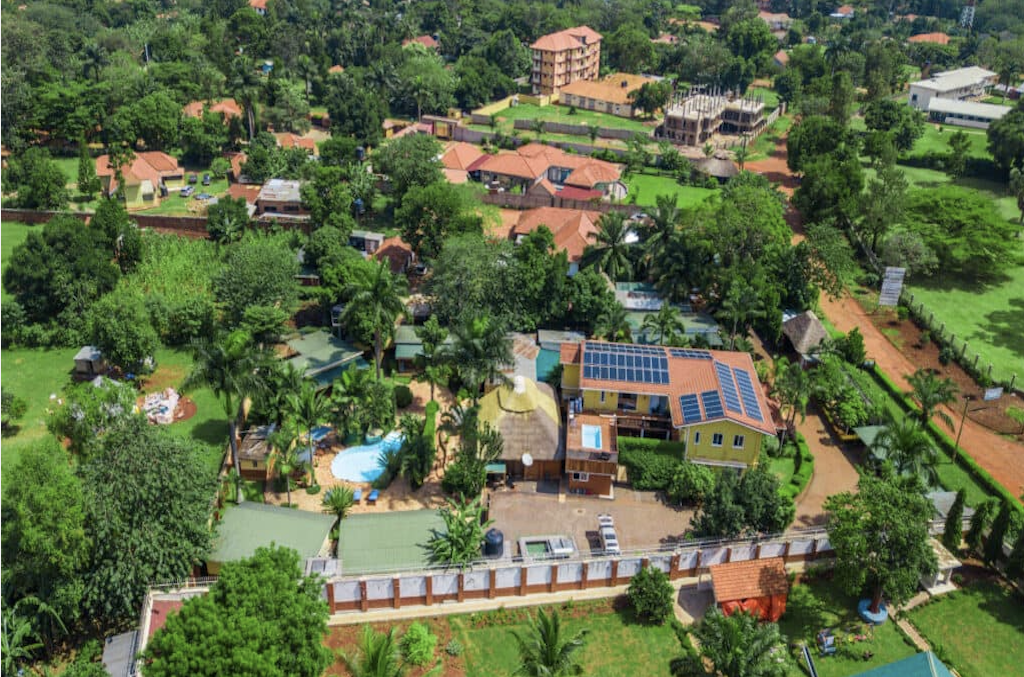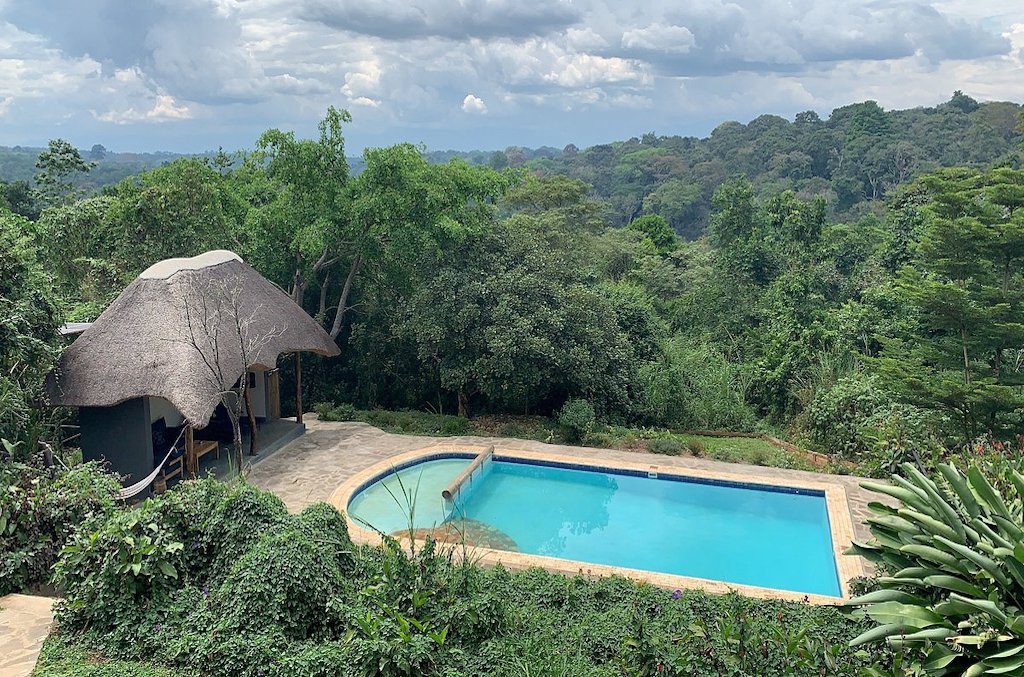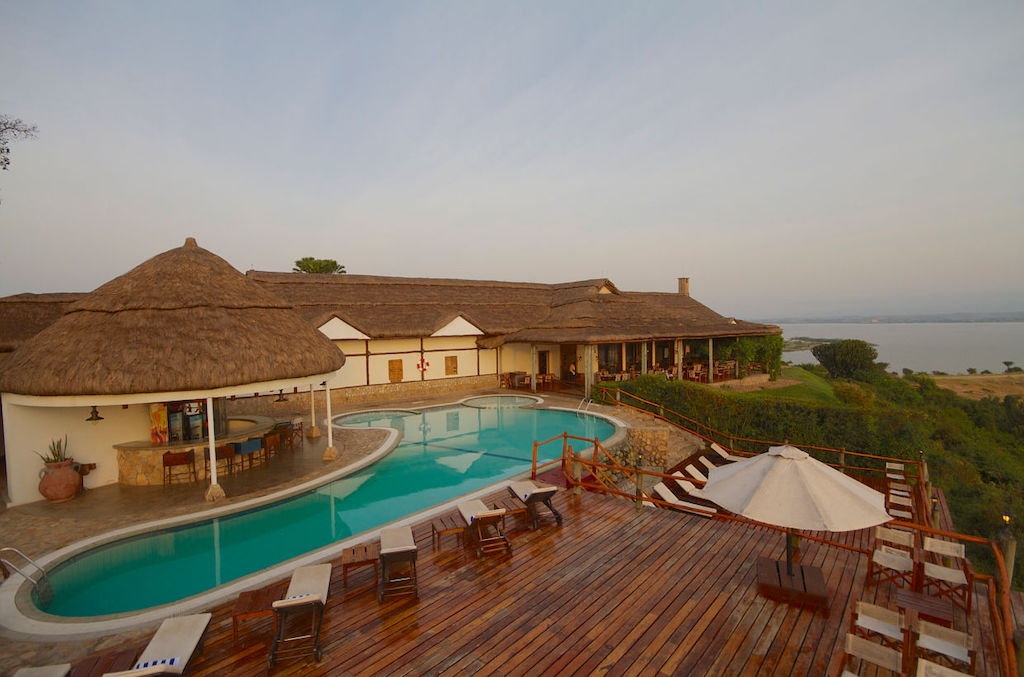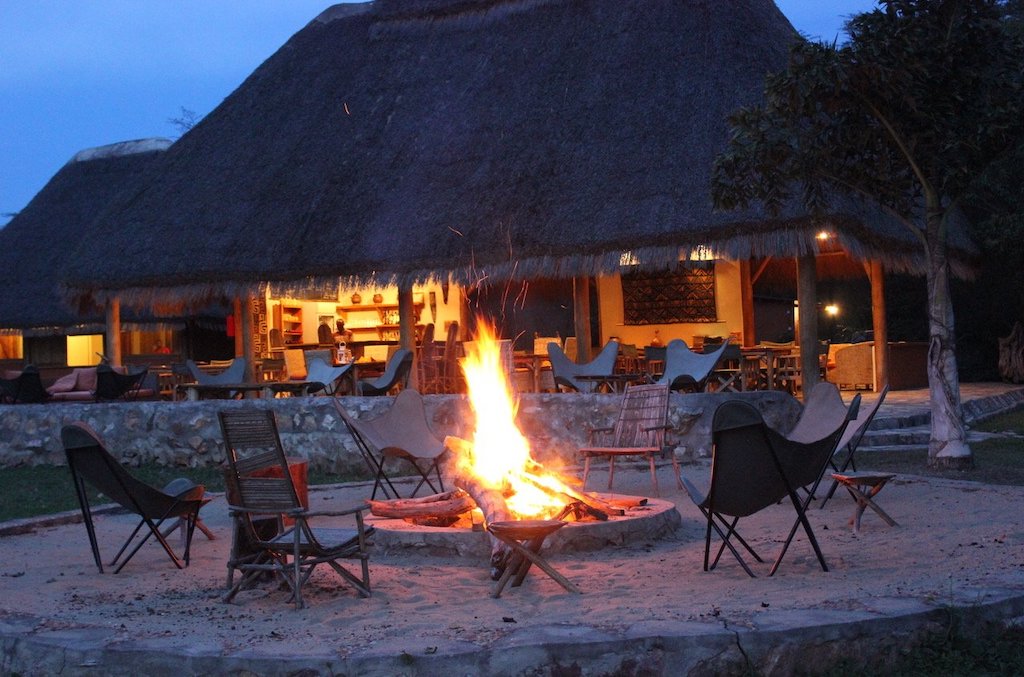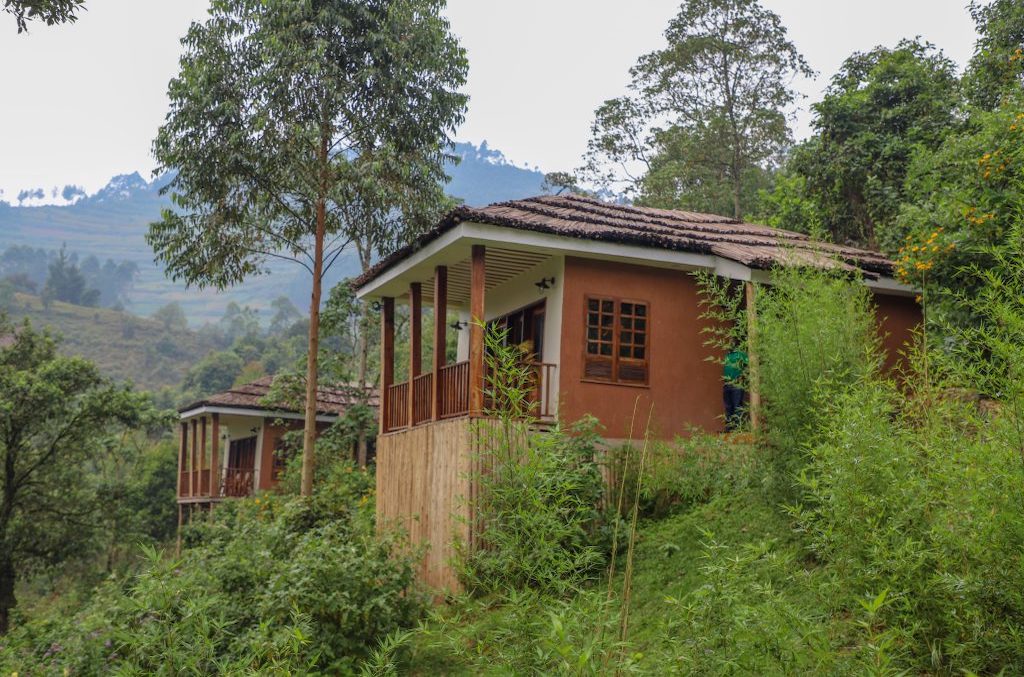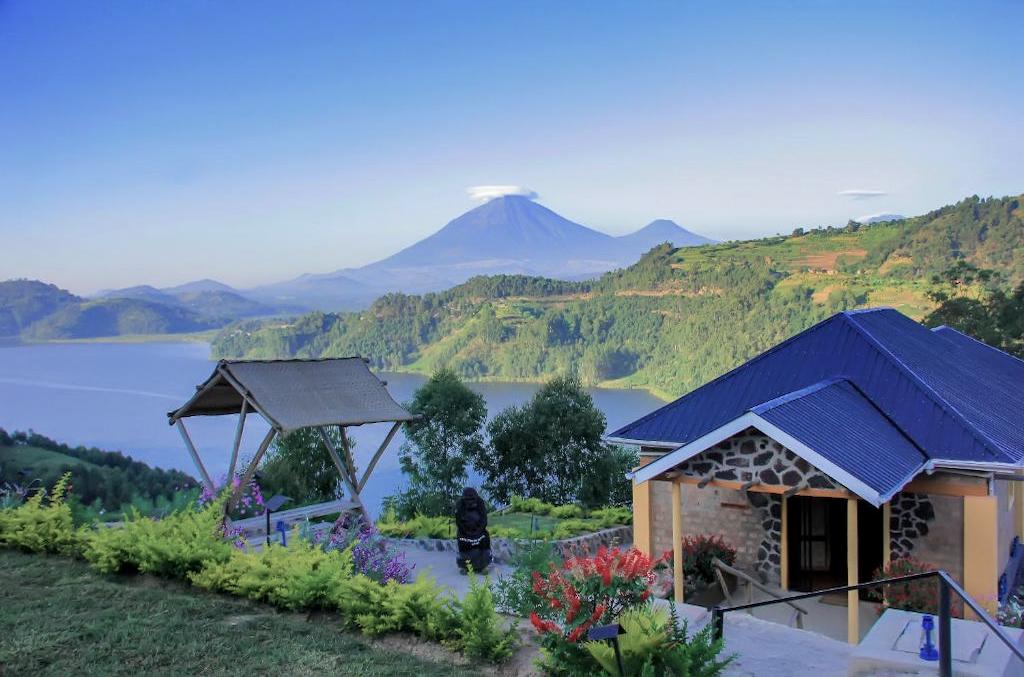MOUNTAIN GORILLAS
WITH PHOTOGRAPHER MATTIAS KLUM
COUNTRY: Uganda PHOTO: Wildlife LENGHT: 9 days DATE: August 31 – September 9 2024 PARTICIPANT: 8-12
Experiencing and photographing mountain gorillas up close is an experience that beats most. Add to that tree-climbing lions, chimpanzees and golden monkeys and the experience is total. Therefore, take the opportunity and come with me and experience this and much more on this unique trip to Uganda
Mattias Klum
Join Sweden’s most internationally renowned photographer, National Geographic photographer Mattias Klum, on a trip to Uganda. During the trip we will photograph everything from chimpanzees and golden monkeys to the mountain gorillas of the Bwindi Impenetrable Forest National Park. But the trip is filled with even more photo opportunities as we enter the Queen Elizabeth National Park we photograph both from jeep and boat. the main motif in this particular park is the tree-climbing lions. Mattias Klum is always there to give personal tips and advice and when we are not shooting, we work with image processing, have image discussions and listen to inspiring stories from Mattias many assignments with everything from National Geographic to The New York Times.
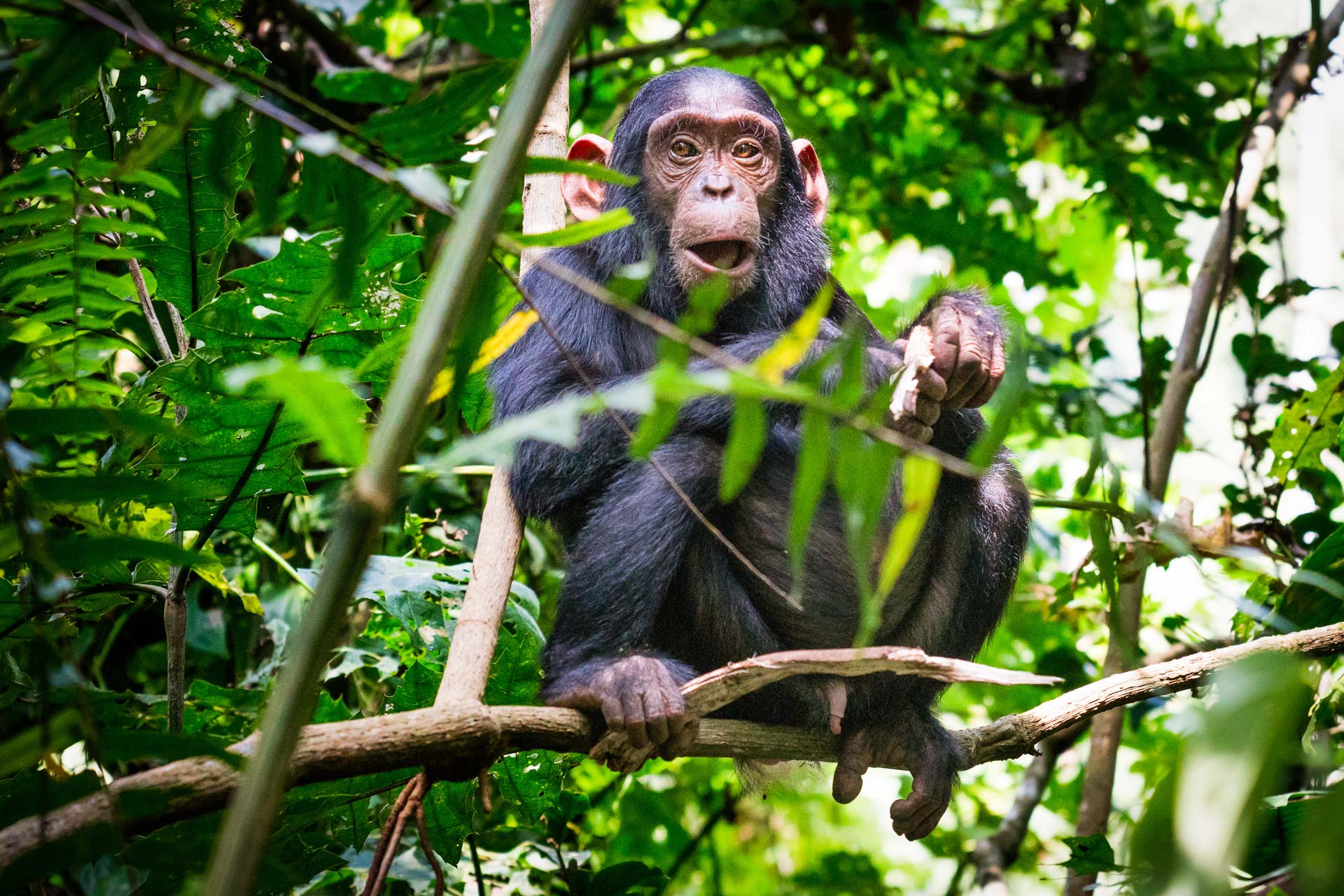
HIGHTLIGHTS OF THE TRIP:
- The participation of Mattias Klum throughout the trip.
- Visits to no less than four national parks.
- The majestic Mgahinga mountains.
- Photographing ava mountain gorillas.
- Close encounter with chimpanzees.
- The tree-climbing lions.
- Photographing the golden guenon.
- Crater lakes at Kibale National Park.
- Both jeep & boat safaris.
- Personal supervision by Mattias Klum.
- Inspirational talks and image editing.
COUNTRY: Uganda
PHOTO: Wildlife
LENGHT: 9 days
DATE: August 31 – September 9 2024
PARTICIPANTS: 8-12
PRICE: SEK ???
Experiencing and photographing mountain gorillas up close is an experience that beats most. Add to that tree-climbing lions, chimpanzees and golden monkeys and the experience is total. Therefore, take the opportunity and come with me and experience this and much more on this unique trip to Uganda.
Mattias Klum
Join Sweden’s most internationally renowned photographer, National Geographic photographer Mattias Klum, on a trip to Uganda. During the trip we will photograph everything from chimpanzees and golden monkeys to the mountain gorillas of the Bwindi Impenetrable Forest National Park. But the trip is filled with even more photo opportunities as we enter the Queen Elizabeth National Park we photograph both from jeep and boat. the main motif in this particular park is the tree-climbing lions.
Mattias Klum is always there to give personal tips and advice and when we are not shooting, we work with image processing, have image discussions and listen to inspiring stories from Mattias many assignments with everything from National Geographic to The New York Times.

HIGHTLIGHTS OF THE TRIP:
- The participation of Mattias Klum throughout the trip.
- Visits to no less than four national parks.
- The majestic Mgahinga mountains.
- Photographing ava mountain gorillas.
- Close encounter with chimpanzees.
- The tree-climbing lions.
- Photographing the golden monkeys.
- Crater lakes at Kibale National Park.
- Both jeep & boat safaris.
- Personal supervision by Mattias Klum.
- Inspirational talks and image editing.
DESTINATIONS
DESTINATIONS
Kibale National Park
Kibale National Park, which has been protected since 1993, is famous for its approximately 1500 chimpanzees. And yet in what is considered one of the most diverse rainforests in Uganda, no less than 12 other primates are also found, including the endangered red colobus monkey. For the bird lover there are over 350 different species, several of which are endemic to Kibale. The project with the area’s chimpanzees was started in 1989 by Dr. Richard Wrangham and since then the park has been working on studying them.
Bwindi Forest National Park
This national park is one of the few places in the world where you can see and photograph mountain gorillas. The park is a UNESCO World Heritage site and is home to about 400 gorillas. Bwindi Forest National Park is the area in Uganda that also has the second largest number of mammals. Primates found in the area include the black-capped guenon, baboons, and chimpanzees. The forest, considered by scientists to be up to 25,000 years old, is also home to antelopes and forest elephants. With about 350 different species, the birdlife is somewhat out of the ordinary and as many as 14 species are not found anywhere else in Uganda.
Queen Elizabeth National Park
In 1952 Kazinga National Park was established which two years later was renamed Queen Elizabeth National Park as a tribute to the Queen’s visit to the country. The park’s surroundings are varied from vast savannahs to huge craters. The rich wildlife includes everything from hippos and elephants to lions and leopards. The Lions in the park are known to climb trees and it is not uncommon to see them resting on a branch.
Mount Gahinga National Park
The park takes its name from this volcano Mount Gahinga. This dormant / extinct volcano is located on the border between Uganda and Rwanda. The vegetation is mainly bamboo. The park has about 40 species of mammals including elephant, leopard, buffalo and mountain gorillas, as well as the endangered golden monkey.
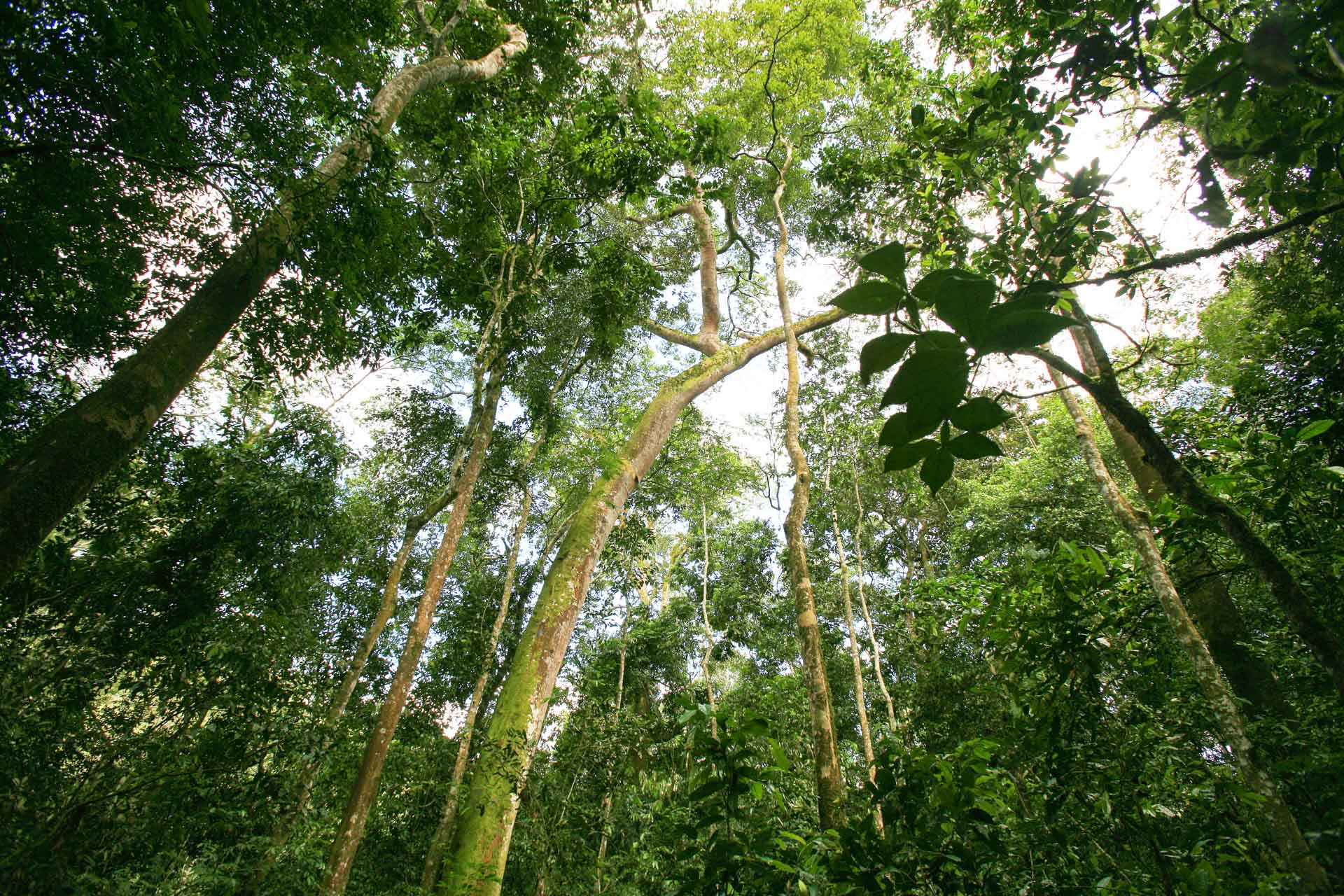
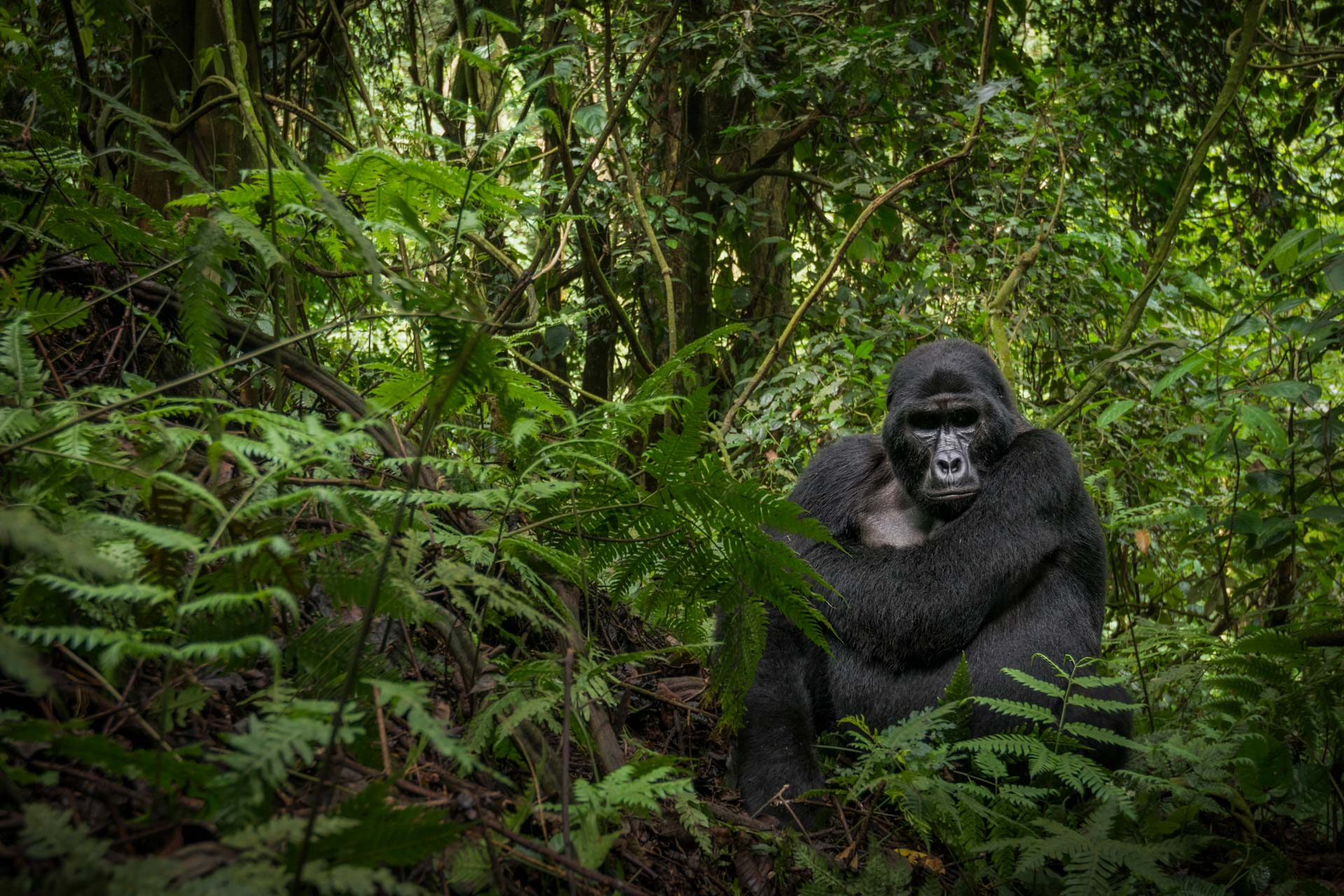
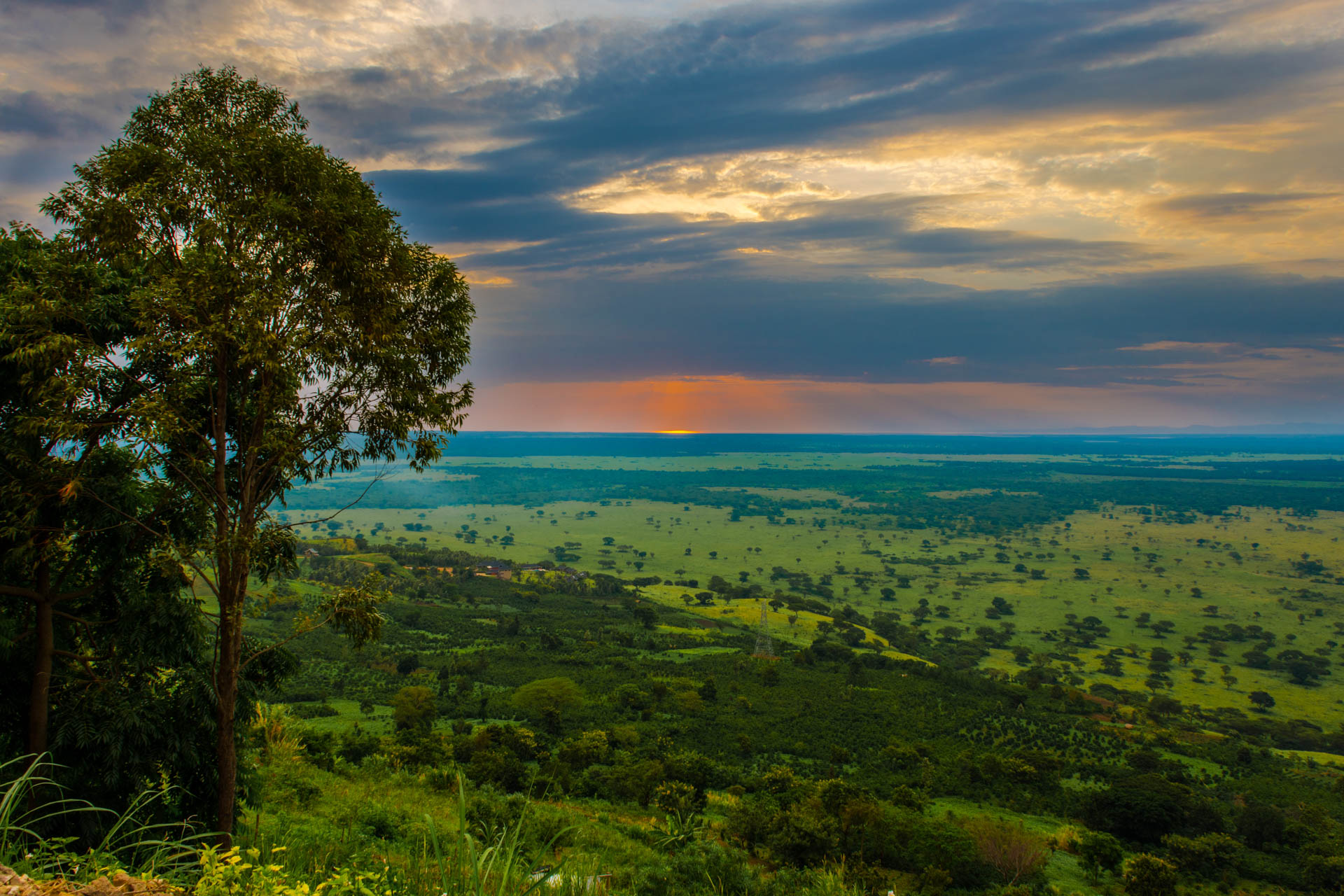
Read more about the parks we visit and their rich wildlife.
READ MORE
Kibale National Park
Kibale National Park, which has been protected since 1993, is famous for its approximately 1500 chimpanzees. And yet in what is considered one of the most diverse rainforests in Uganda, no less than 12 other primates are also found, including the endangered red colobus monkey. For the bird lover there are over 350 different species, several of which are endemic to Kibale. The project with the area’s chimpanzees was started in 1989 by Dr. Richard Wrangham and since then the park has been working on studying them.
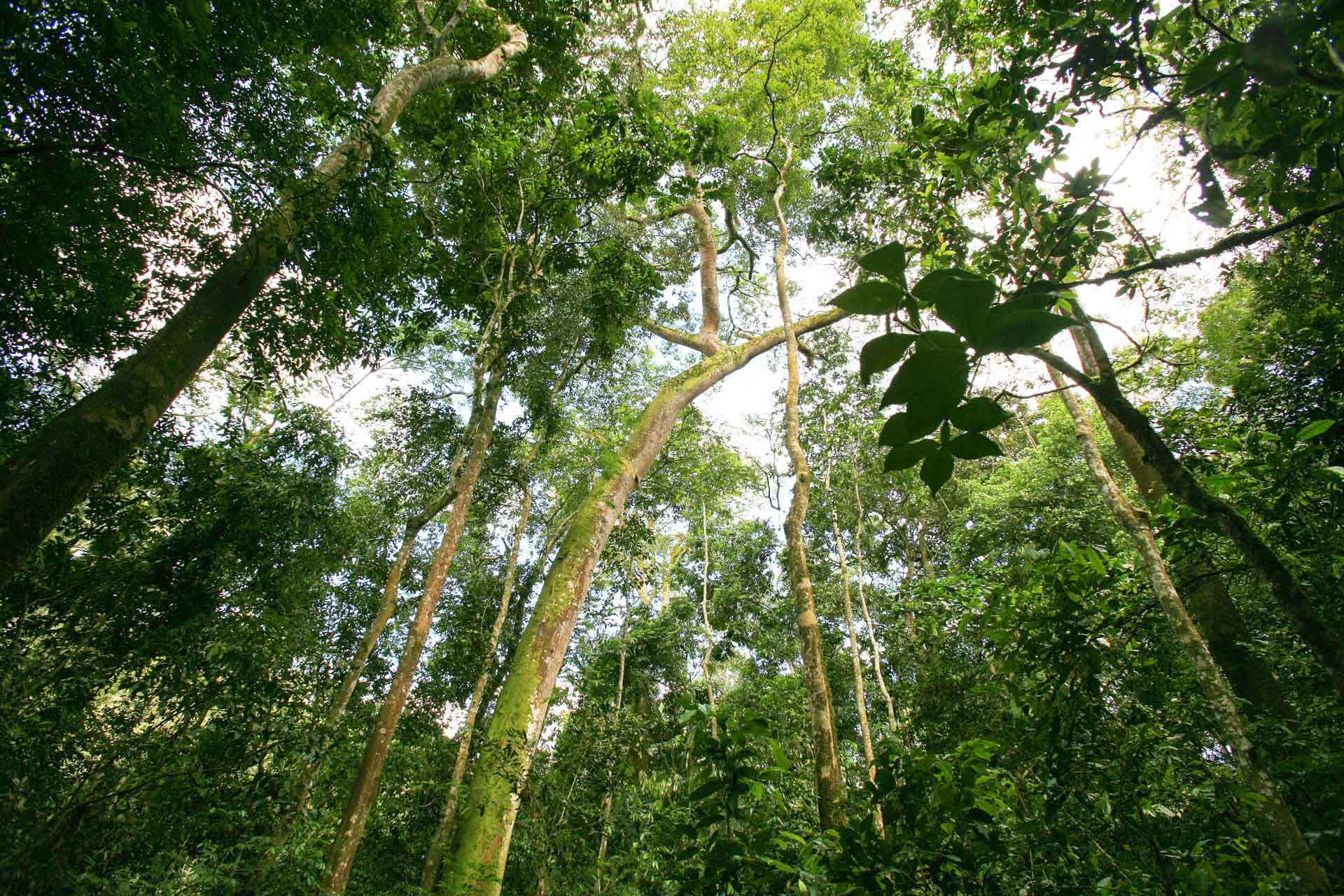
Bwindi Forest National Park
This national park is one of the few places in the world where you can see and photograph mountain gorillas. The park is a UNESCO World Heritage site and is home to about 400 gorillas. Bwindi Forest National Park is the area in Uganda that also has the second largest number of mammals. Primates found in the area include the black-capped guenon, baboons, and chimpanzees. The forest, considered by scientists to be up to 25,000 years old, is also home to antelopes and forest elephants. With about 350 different species, the birdlife is somewhat out of the ordinary and as many as 14 species are not found anywhere else in Uganda.
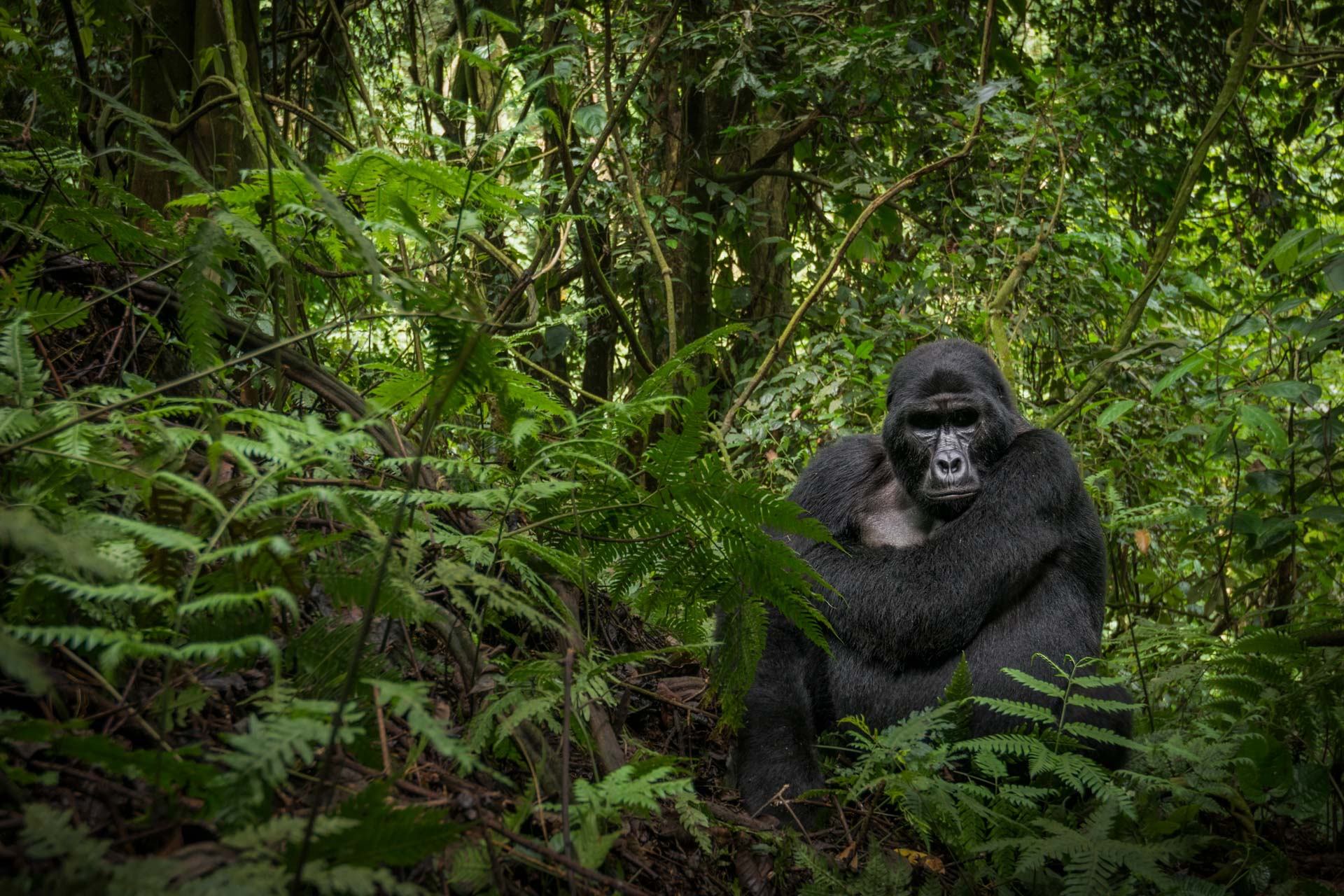
Queen Elizabeth National Park
In 1952 Kazinga National Park was established which two years later was renamed Queen Elizabeth National Park as a tribute to the Queen’s visit to the country. The park’s surroundings are varied from vast savannahs to huge craters. The rich wildlife includes everything from hippos and elephants to lions and leopards. The Lions in the park are known to climb trees and it is not uncommon to see them resting on a branch.
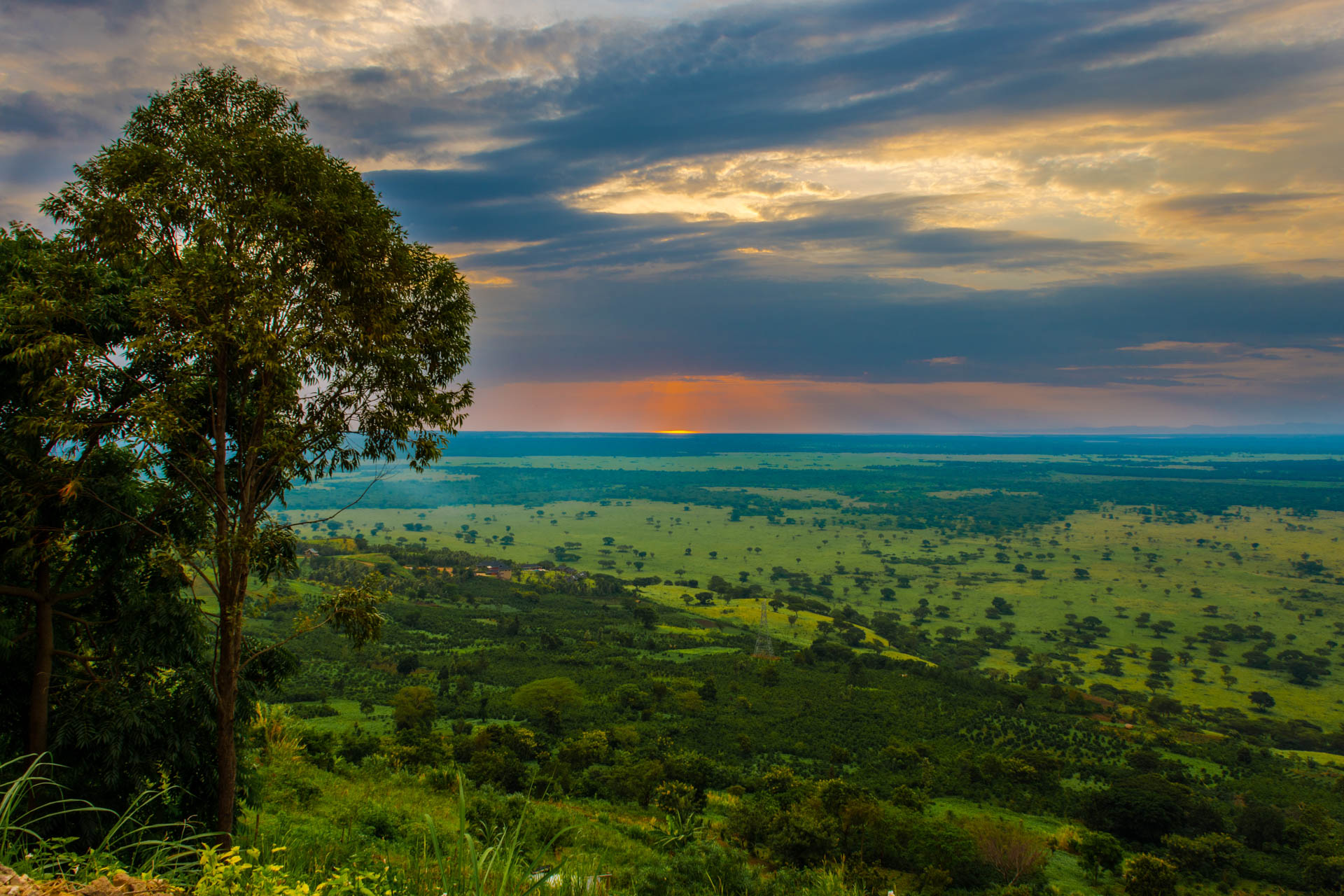
Mount Gahinga National Park
The park takes its name from this volcano Mount Gahinga. This dormant / extinct volcano is located on the border between Uganda and Rwanda. The vegetation is mainly bamboo. The park has about 40 species of mammals including elephant, leopard, buffalo and mountain gorillas, as well as the endangered golden guenon.
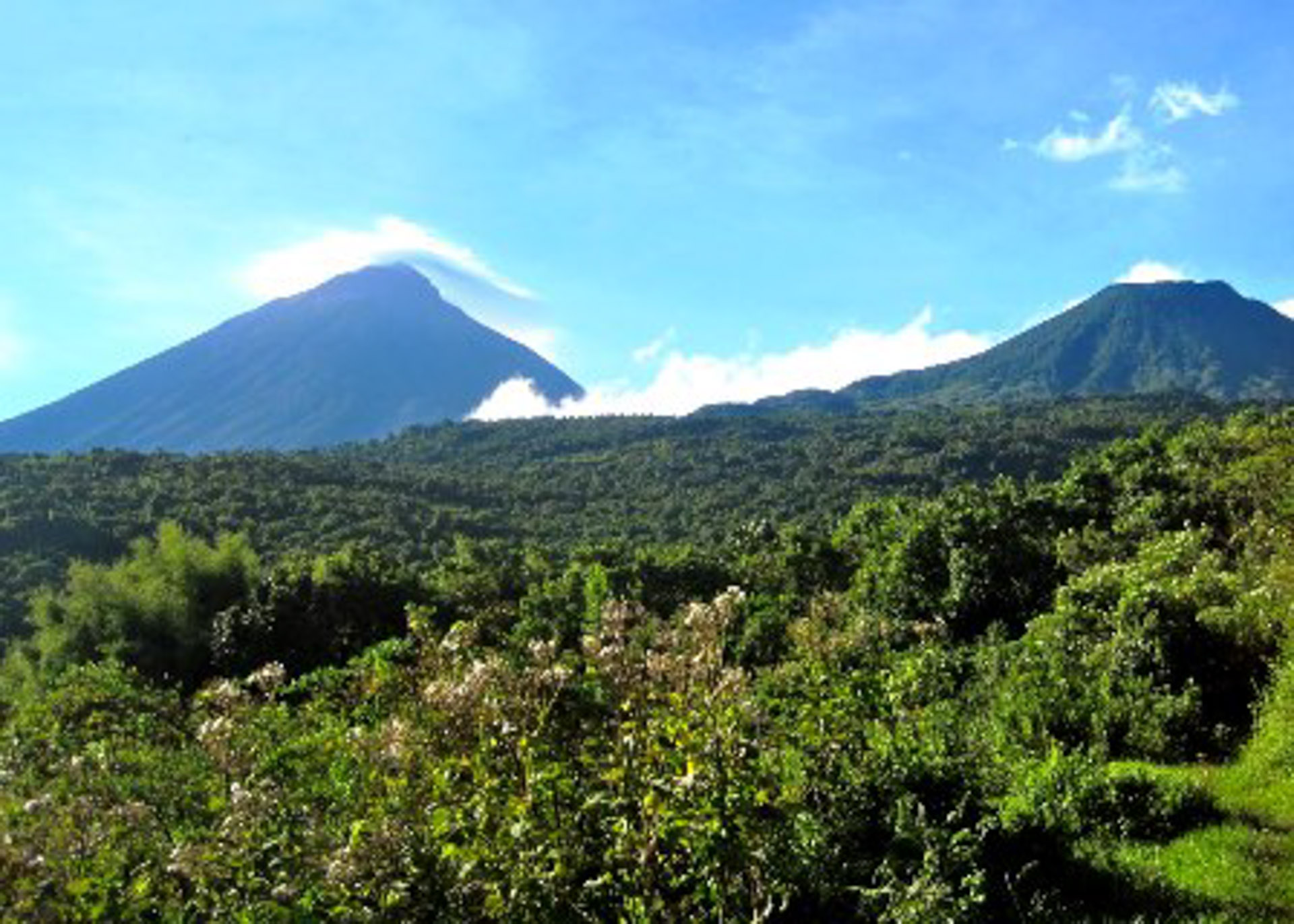
ITINERARY
ITINERARY
31 AUGUST – 8 SEPTEMBER 2024
DAY 1, (Aug 31)- ARRIVAL & WELCOME DINNER
Arrival at the airport in Entebbe during the day. After that, transfer takes place to 2 Friends Guest House for check-in. After this there is time to relax and maybe take a dip in the pool after the long journey. In the evening you meet Mattias Klum and together we have a common welcome dinner while getting to know each other. (D)
DAY 2, (Sept 1)- CRATER LAKES AT KIBALE NATIONAL PARK
After breakfast we continue our photo adventure towards Kibale National Park. The drive takes about five hours and if we find something on the way that catches our interest, we will of course make a few photo stops along the way. If we are lucky with the weather, as we begin to approach Fort Portal, we can get a view of Mount Rwenzori and its snow-capped peak. In the afternoon we arrive and check in at Turaco Treetops The lodge. Now it’s time to visit Kasenda Craters, an area of crater lakes that will give us great opportunities for great photos. The green water of the crater lakes becomes a beautiful contrast to the green vegetation that spreads over the rolling landscape in front of us. One of our stops will be at Lake Nyinambuga, a view that can also be found on Uganda Shilling banknotes. Back at the lodge we have dinner before going to bed surrounded by all the animals and smells of nature. (B, L, D)
DAY 3, (Sept 2)- CHIMPANZEE PHOTOGRAPHY
After breakfast it is time to go out to look for chimpanzees, and how long the walk will be depends on where in the forest they are. When we find them, we are not only met by fantastic photo opportunities, we also get to take part in a magnificent nature experience to see so close up without having to photograph the chimpanzees in their everyday life is a magnificent nature experience. If we find ourselves recognizing certain parts in their behavior, it is because the chimpanzees share about 99% of their DNA with the human being, something that makes the encounter with these fascinating animals even more interesting. Although the chimpanzees are the main motive for our day, there are plenty of other animals in the forest, including baboons, antelopes, the endangered red colobus monkey and forest elephant. Mweya Safari Lodge where we will stay for two nights. After that, we set out on our first safari in the park. (B, L, D)
DAY 4, (Sept 3)- JEEP AND BOAT SAFARIS
In the early morning light we set off on another safari, . It is in the morning that the animals are most active and together with Mattias and our experienced guides we look for trails that can lead us to the next photo opportunity. The park has a diverse wildlife ranging from lions and leopards to buffaloes and elephants. When we find our subjects, Mattias, who will rotate between the jeeps, is on hand to give tutorials and tips and tutorials on how to develop as a photographer. He will also share his amazing knowledge of the wildlife and habitats around us.
In the afternoon it is time to explore the area by boat and we take a trip along the Kazinga Channel. This canal, which connects the two lakes Lake Edward and Lake George, is home to Africa’s largest hippopotamus population and in addition to this mighty animal, we will also be able to photograph crocodiles, antelopes, elephants and much more. After slowly gliding along the canal, we have dinner at the lodge and listen to fascinating stories from Mattia’s career as one of the world’s foremost photographers with, for example, many assignments for National Geographic. (B, L, D)
DAY 5, (Sept 4)- TREE-CLIMBING LION
Today it is time for a full day safari that will provide lots of photo opportunities;, our goal for the day is to try to find the park’s tree climbing lions that are often found lying in the fig trees. Nowhere else in the world do lions climb trees as regularly as here and it is a fascinating sight to see these large felines among the branches up in the tree. Mattias is on hand for tips on everything from composition to how to think about light and much more. After today’s safari, we have moved to the southern part of the park and check in at Enjojo Lodge. (B, L, D)
DAY 6, (Sept 5)- SAFARI AND BWINDI FOREST NATIONAL PARK
We start with another morning safari and then we move on to Bwindi Forest National Park, which is home to the endangered mountain gorilla. Once arrived we will check in at Four Gorilla Lodge and then it’s time for image processing. Mattias will also talk about his assignments when he photographed the mountain gorillas for the New York Times. We go to bed filled with anticipation for tomorrow’s next big photo adventure. (B, L, D)
DAY 7, (Sept 6)- PHOTOGRAPHING MOUNTAIN GORILLAS
Today is the time for the big highlight of the trip. We start early and goes to the National Park headquarters for a walkthrough. We then start our hike into the forest and search for the mountain gorillas. Depending on their location, the hike can last between two and five hours. During the hike we meet lots of other animals that have the forest as their home, ranging from butterflies, frogs, a rich bird life and different kinds of monkeys. The park is also home to the Forest hog, African golden cat, side-striped Jackal, and African sibet cat.
Then suddenly the majestic mountain gorillas appear among the dense vegetation. The black fur will be an effective contrast to the green leaves and you can vary your pictures between portraits where you capture the individual’s facial expressions or pictures where we use bland and branches as part of the composition for framing. Our knowledgeable rangers are on hand to tell you more about the mountain gorillas and their way of life. Despite the fact that there is a safety distance on how close we are allowed to get to the gorillas, it is not uncommon for them to be curious and sometimes it happens that they come within an arm’s length.
Back at the lodge with the memory cards filled with pictures and memories for life, there will be time for relaxation for the rest of the day. (B, L, D)
DAY 8, (Sept 7) – GOLDEN MONKEY
Today is the time for the last photo expedition of the trip. We set out on a hike in the morning, we set out on a hike to look for and photograph the endangered golden monkey, which is often find at the foot of the volcanic Mgahinga mountains in Mount Gahinga National Park. We start our hike from the bamboo-covered surroundings and move up along the ravines that are lined with forest, the golden monkey that is our main motif for the day has, as the name suggests, a gold-colored body and eye-catching cheeks. In this national park there is also the opportunity to photograph, among other things, elephant and Buffalo. There are even leopards in the park, but they are very difficult to see.
In the afternoon we check in at Ichumbi Hotel Kisoro. After check-in, it is time to select your best pictures from the trip, when Mattias will select the ”picture of the trip”in connection with the closing dinner. This picture automatically goes to the final of Zoom Fotoresor’s competition “Picture of the year 2024” where the first prize is a gift card worth 5 000 SEK. (B, L, D)
DAY 9, (Sept 8) – RETURN JOURNEY
Immediately after breakfast we take the flight out from Bwindi to Entebbe where we land around lunchtime. After that, the journey home is done on your own. (B)
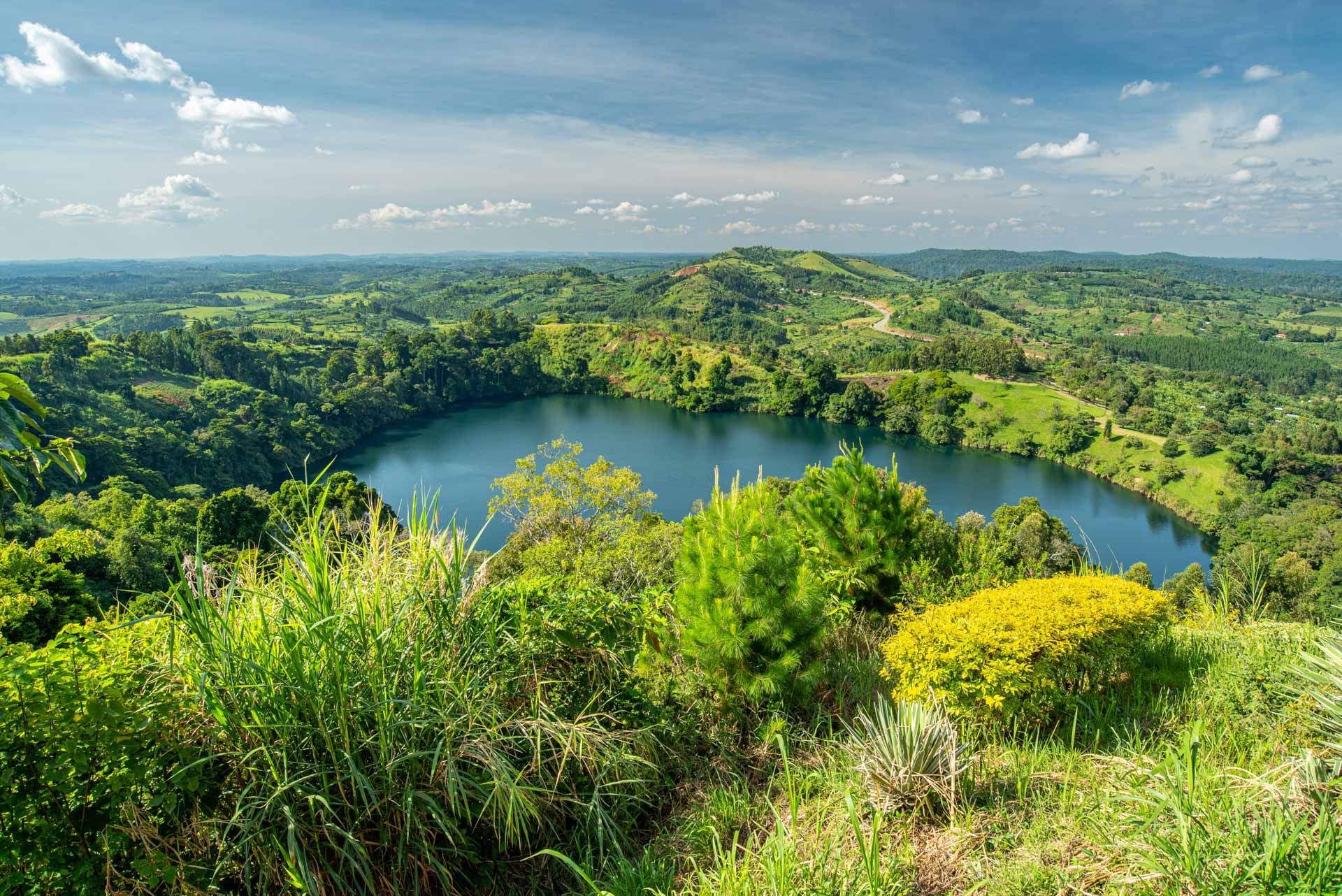
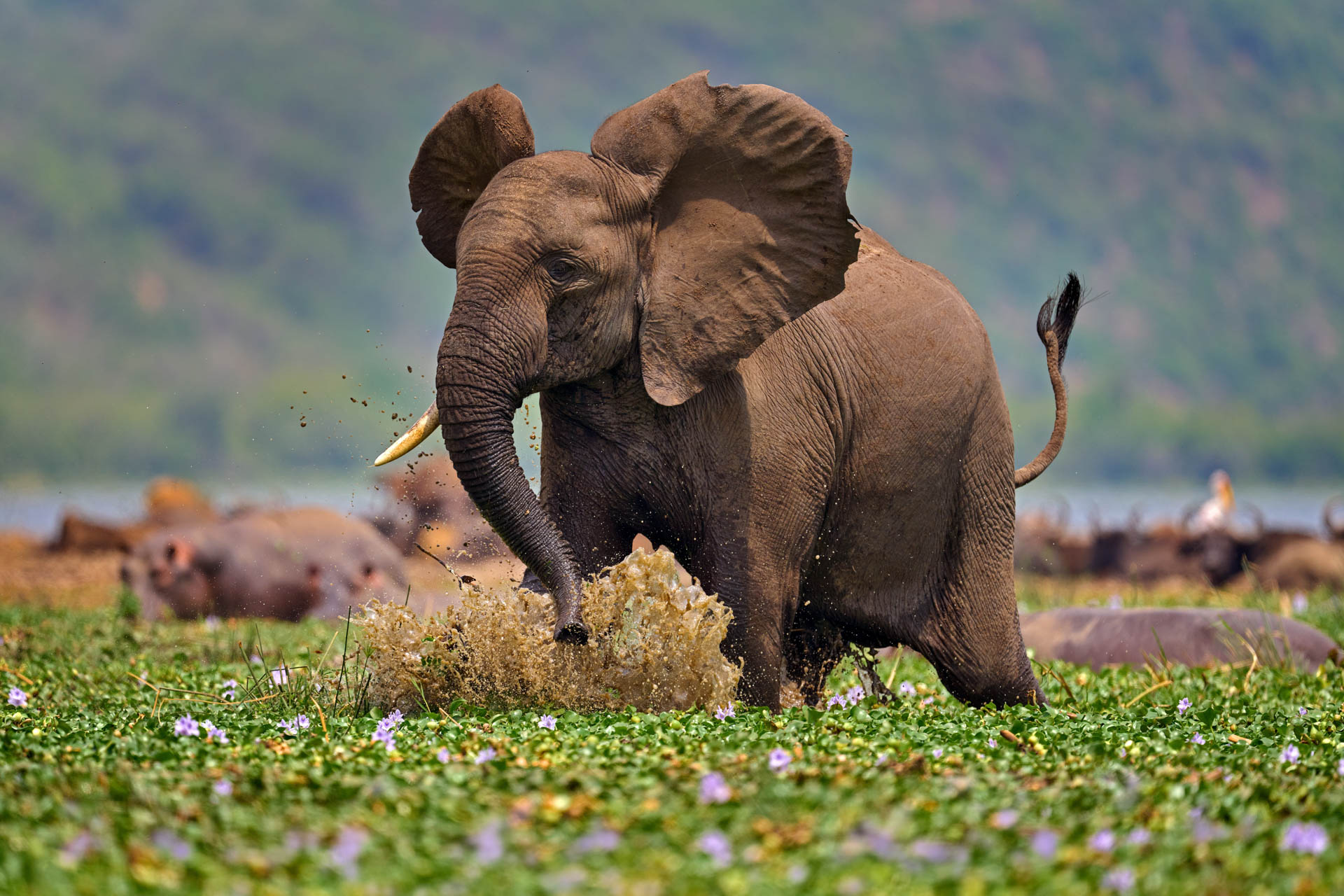
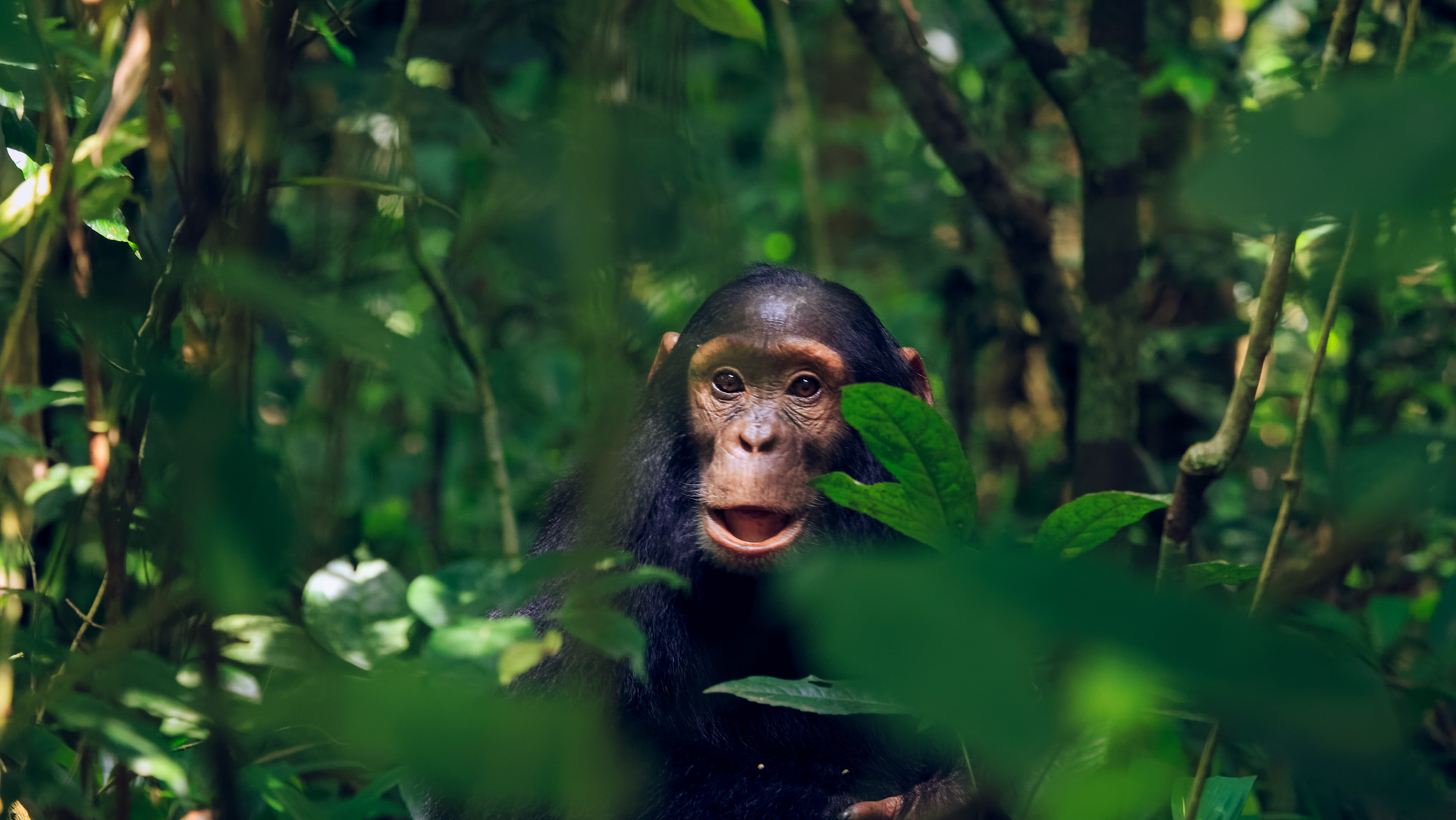
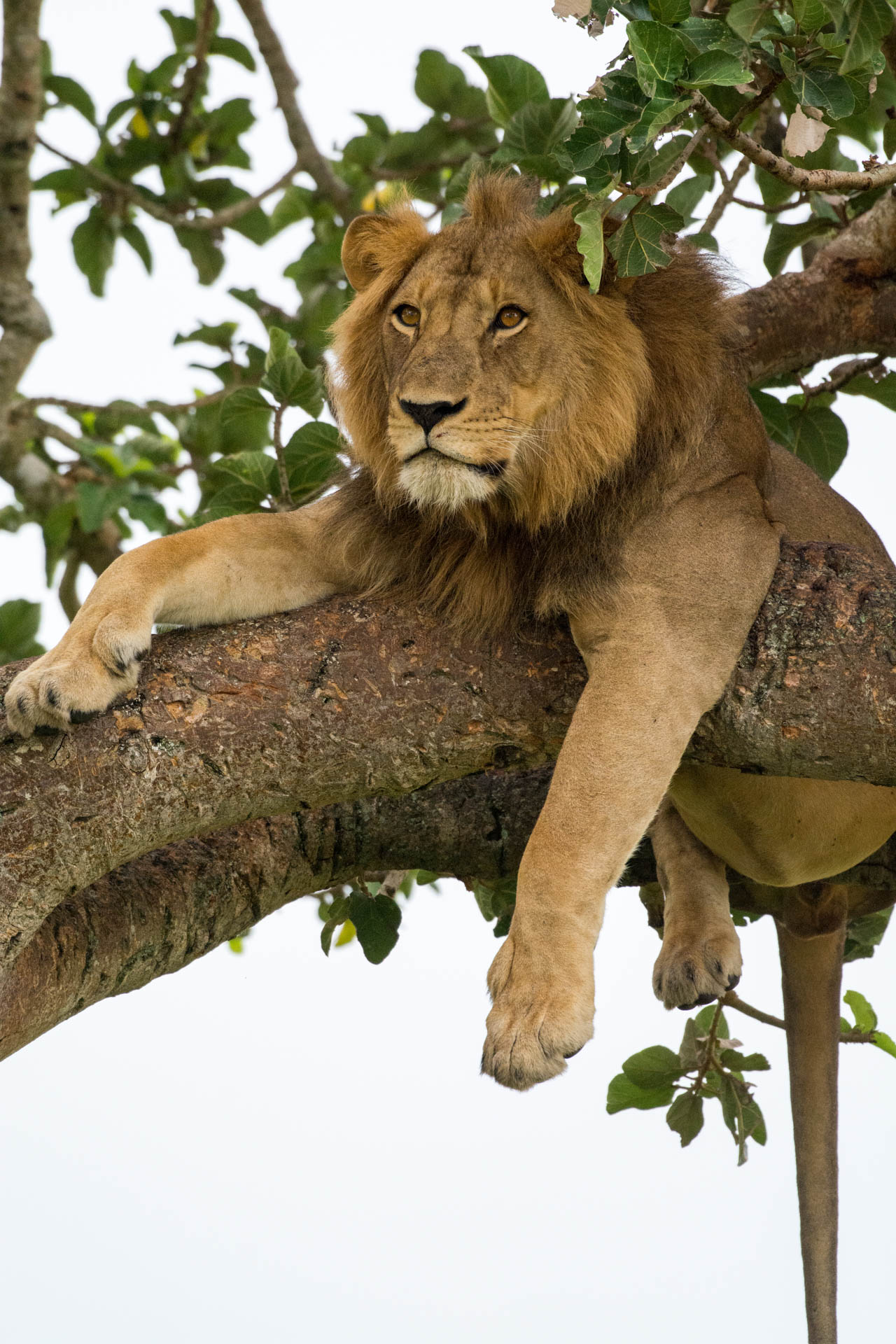
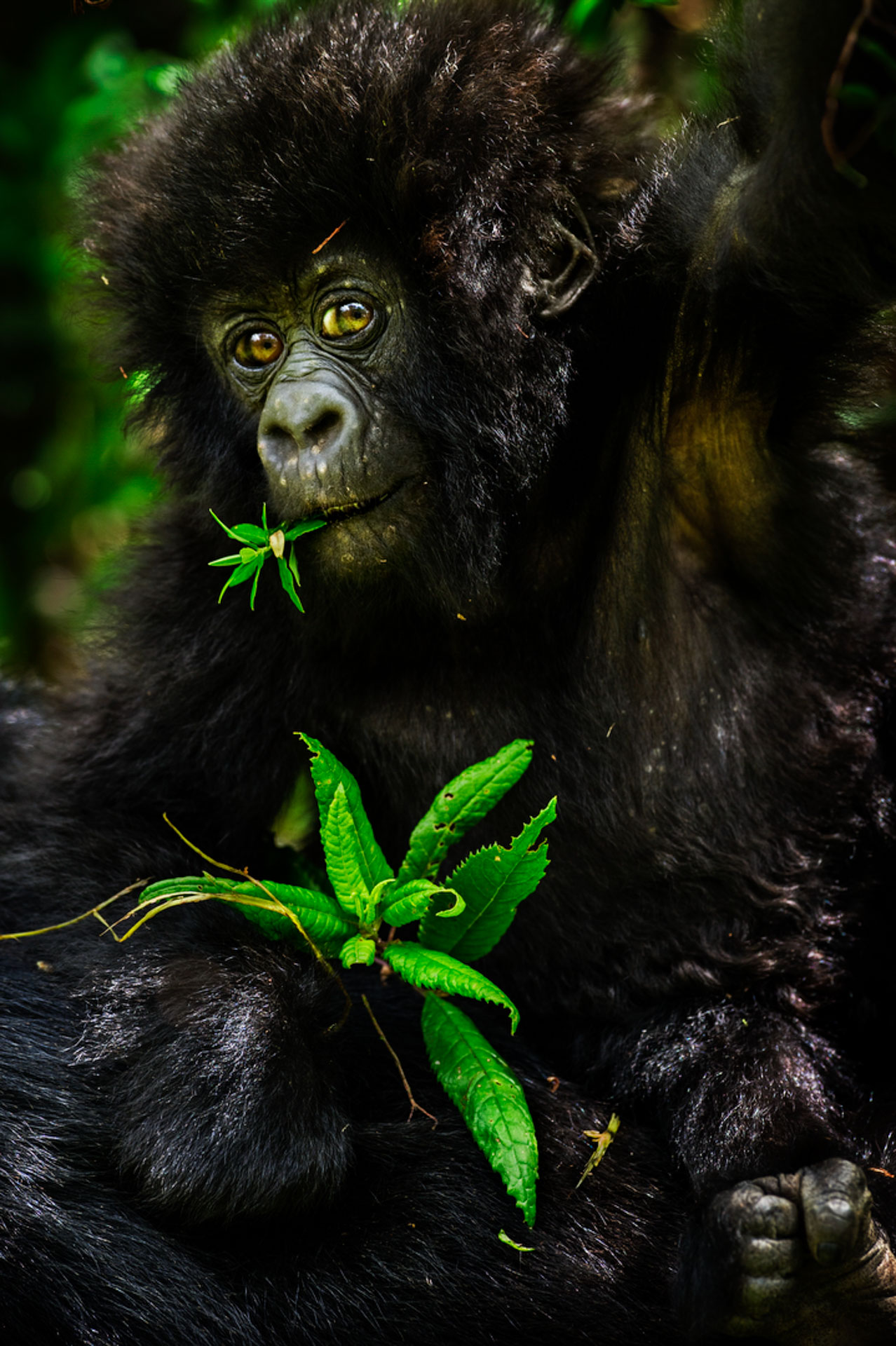
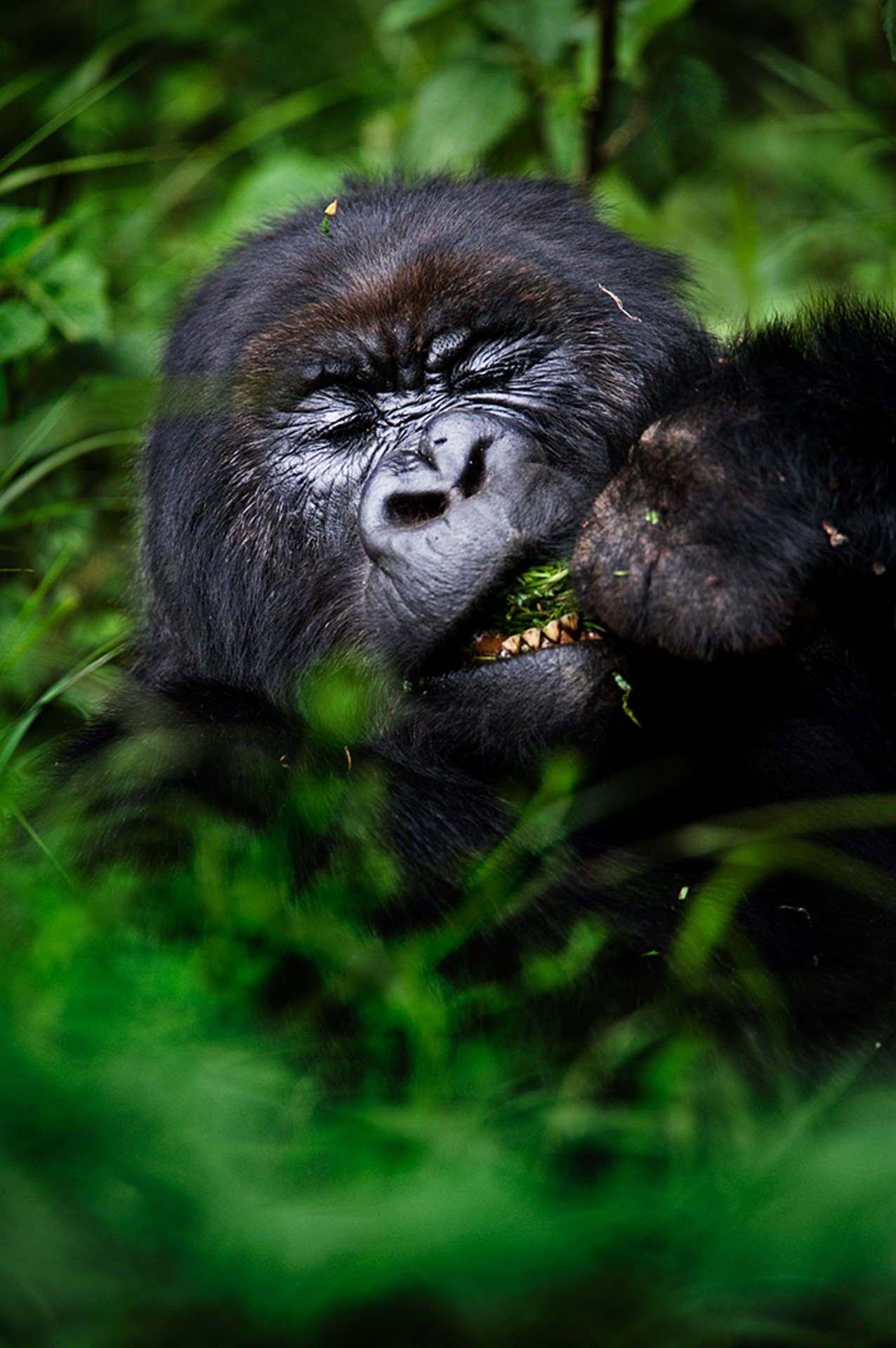
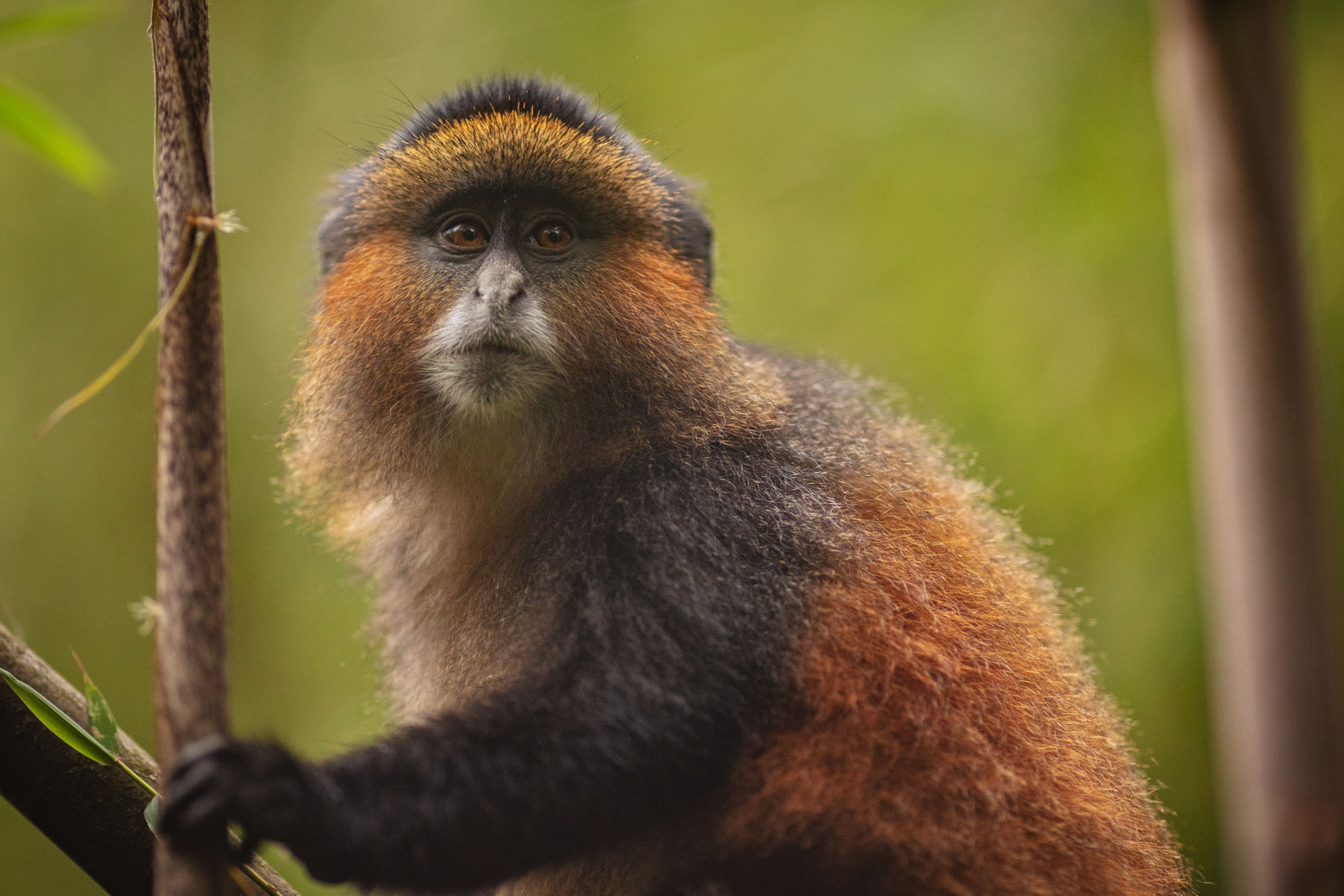
The program for our trip filled with fantastic nature experiences.
READ MORE
AUGUST 31 – SEPTEMBER 9, 2024
DAY 1, (AUG 31)
ARRIVAL & WELCOME DINNER
Arrival at the airport in Entebbe during the day. After that, transfer takes place to 2 Friends Guest House for check-in. After this there is time to relax and maybe take a dip in the pool after the long journey. In the evening you meet Mattias Klum and together we have a common welcome dinner while getting to know each other. (D)
DAY 2, (Sept 1)
CRATER LAKES AT KIBALE NATIONAL PARK
After breakfast we continue our photo adventure towards Kibale National Park. The drive takes about five hours and if we find something on the way that catches our interest, we will of course make a few photo stops along the way. If we are lucky with the weather, as we begin to approach Fort Portal, we can get a view of Mount Rwenzori and its snow-capped peak. In the afternoon we arrive and check in at Turaco Treetops The lodge. Now it’s time to visit Kasenda Craters, an area of crater lakes that will give us great opportunities for great photos. The green water of the crater lakes becomes a beautiful contrast to the green vegetation that spreads over the rolling landscape in front of us. One of our stops will be at Lake Nyinambuga, a view that can also be found on Uganda Shilling banknotes. Back at the lodge we have dinner before going to bed surrounded by all the animals and smells of nature. (B, L, D)
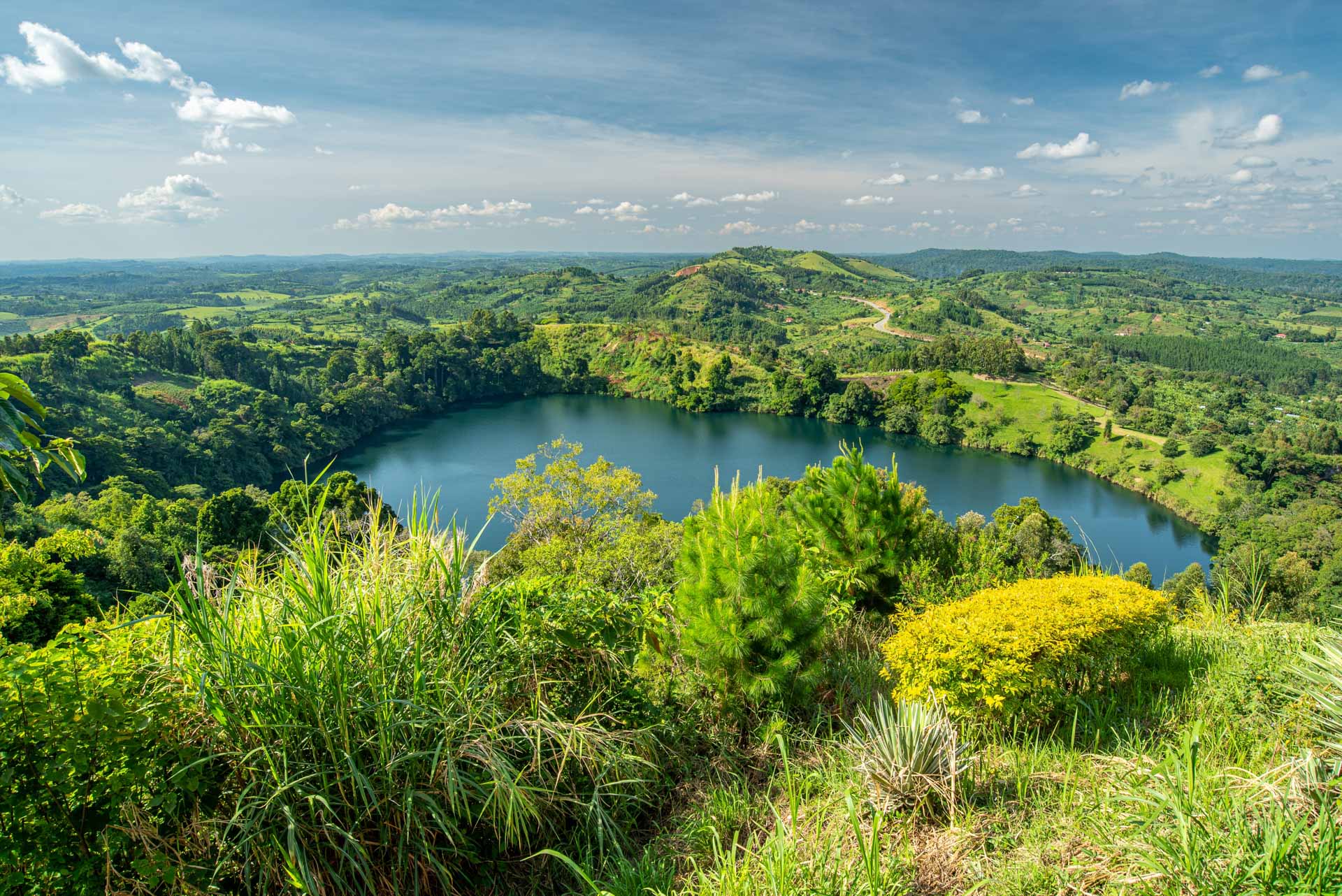
DAY 3, (Sept 2)
CHIMPANZEE PHOTOGRAPHY
After breakfast it is time to go out to look for chimpanzees, and how long the walk will be depends on where in the forest they are. When we find them, we are not only met by fantastic photo opportunities, we also get to take part in a magnificent nature experience to see so close up without having to photograph the chimpanzees in their everyday life is a magnificent nature experience. If we find ourselves recognizing certain parts in their behavior, it is because the chimpanzees share about 99% of their DNA with the human being, something that makes the encounter with these fascinating animals even more interesting. Although the chimpanzees are the main motive for our day, there are plenty of other animals in the forest, including baboons, antelopes, the endangered red colobus monkey and forest elephant. Mweya Safari Lodge where we will stay for two nights. After that, we set out on our first safari in the park. (B, L, D)
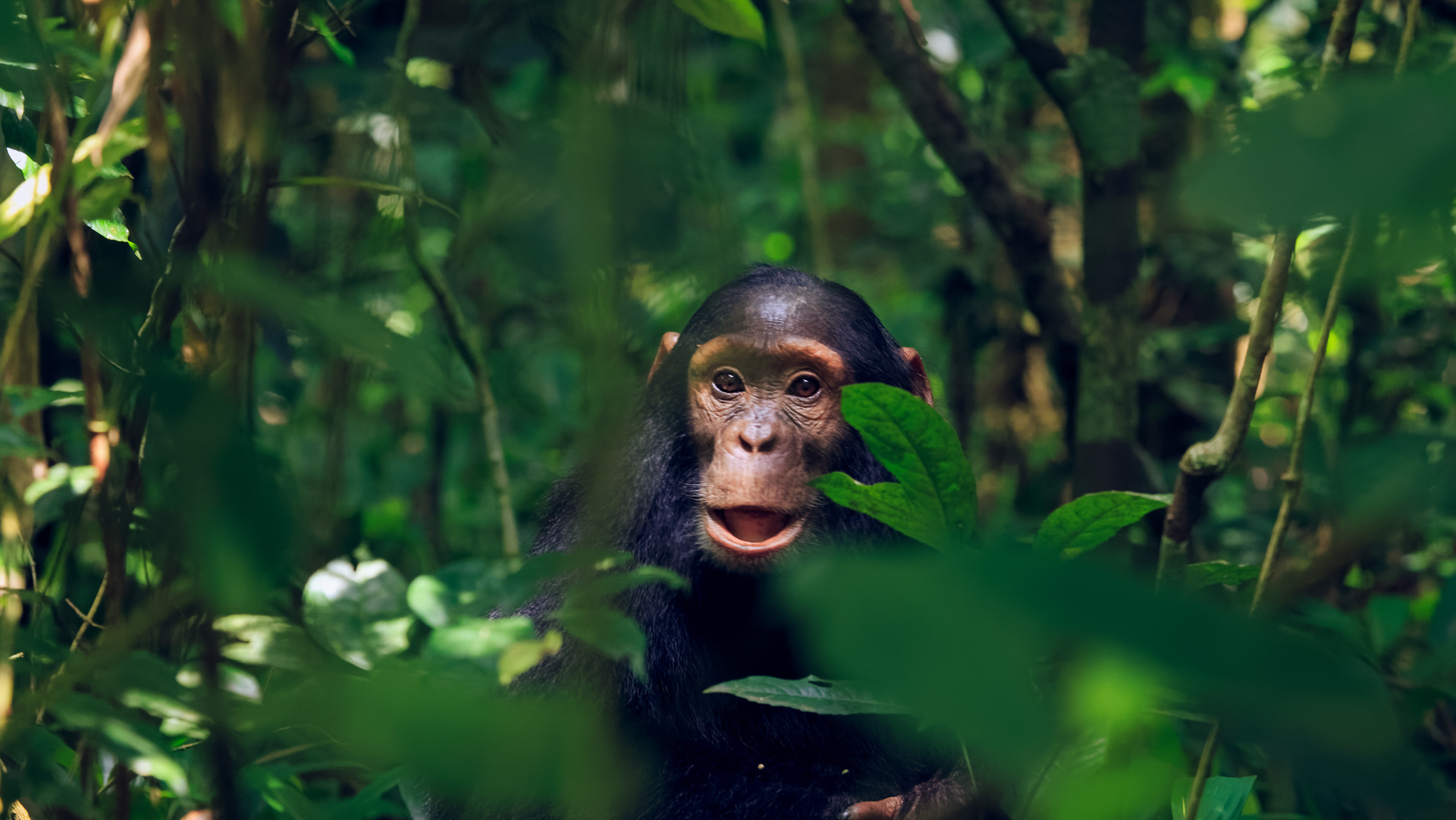
DAY 4, (Sept 3)
JEEP AND BOAT SAFARIS
In the early morning light we set off on another safari, . It is in the morning that the animals are most active and together with Mattias and our experienced guides we look for trails that can lead us to the next photo opportunity. The park has a diverse wildlife ranging from lions and leopards to buffaloes and elephants. When we find our subjects, Mattias, who will rotate between the jeeps, is on hand to give tutorials and tips and tutorials on how to develop as a photographer. He will also share his amazing knowledge of the wildlife and habitats around us.
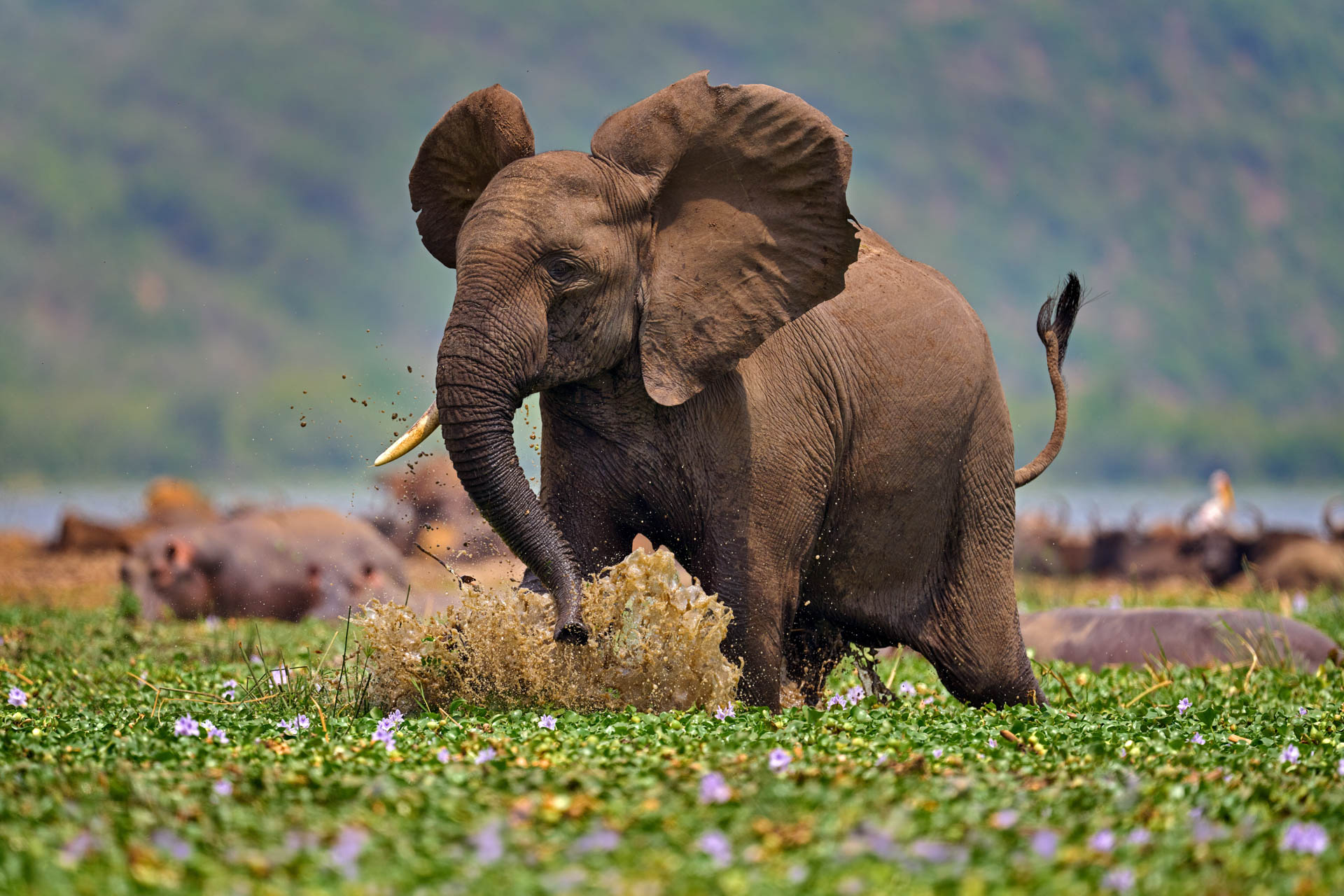
In the afternoon it is time to explore the area by boat and we take a trip along the Kazinga Channel. This canal, which connects the two lakes Lake Edward and Lake George, is home to Africa’s largest hippopotamus population and in addition to this mighty animal, we will also be able to photograph crocodiles, antelopes, elephants and much more. After slowly gliding along the canal, we have dinner at the lodge and listen to fascinating stories from Mattia’s career as one of the world’s foremost photographers with, for example, many assignments for National Geographic. (B, L, D)
DAY 5, (Sept 5)
TREE-CLIMBING LION
Today it is time for a full day safari that will provide lots of photo opportunities;, our goal for the day is to try to find the park’s tree climbing lions that are often found lying in the fig trees. Nowhere else in the world do lions climb trees as regularly as here and it is a fascinating sight to see these large felines among the branches up in the tree. Mattias is on hand for tips on everything from composition to how to think about light and much more. After today’s safari, we have moved to the southern part of the park and check in at Enjojo Lodge. (B, L, D)
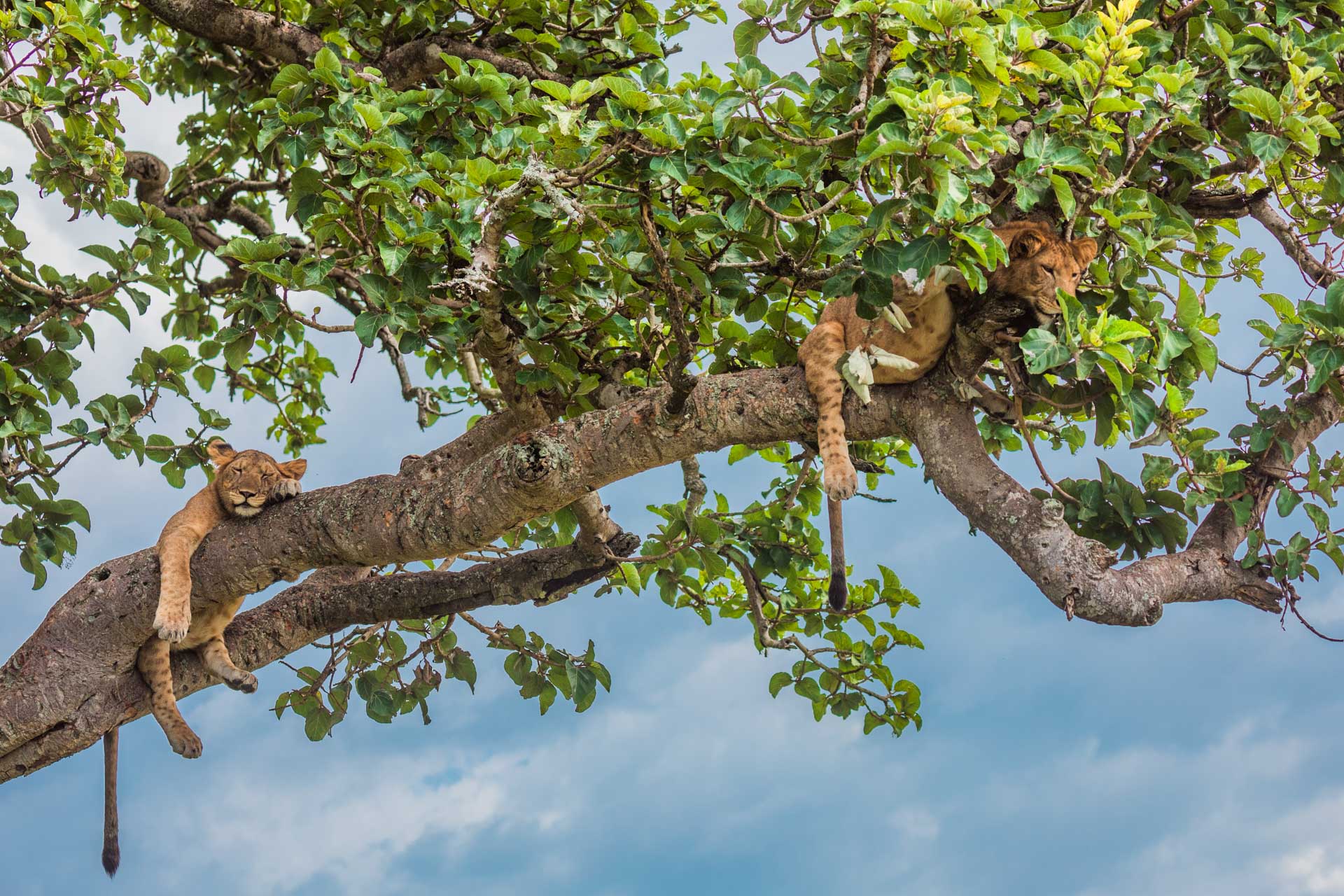
DAY 6, (Sept 6)
SAFARI AND BWINDI FOREST NATIONAL PARK
We start with another morning safari and then we move on to Bwindi Forest National Park, which is home to the endangered mountain gorilla. Once arrived we will check in at Four Gorilla Lodge and then it’s time for image processing. Mattias will also talk about his assignments when he photographed the mountain gorillas for the New York Times. We go to bed filled with anticipation for tomorrow’s next big photo adventure.(B, L, D)
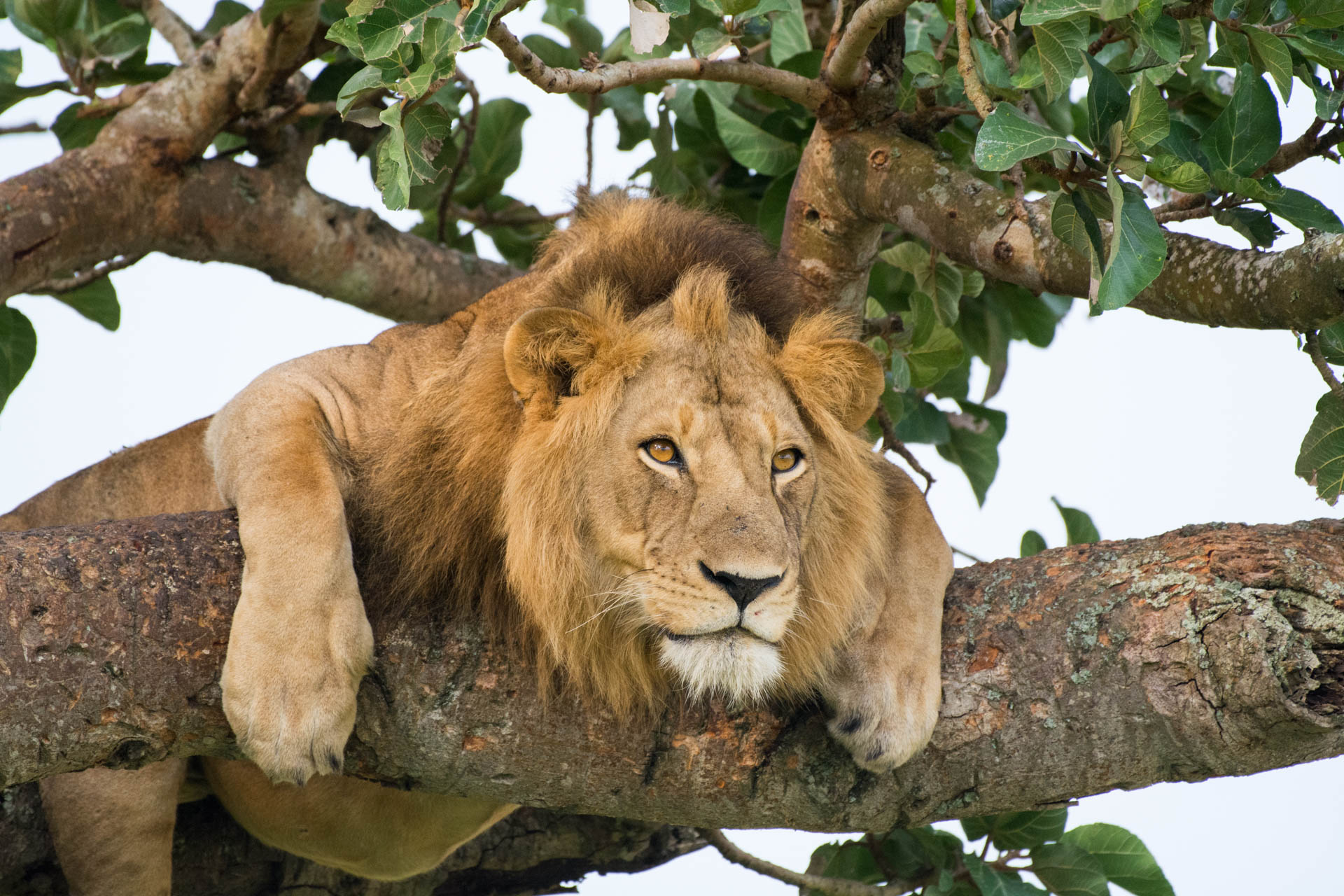
DAY 7, (Sept 7)
PHOTOGRAPHING MOUNTAIN GORILLAS
Today is the time for the big highlight of the trip. We start early and goes to the National Park headquarters for a walkthrough. We then start our hike into the forest and search for the mountain gorillas. Depending on their location, the hike can last between two and five hours. During the hike we meet lots of other animals that have the forest as their home, ranging from butterflies, frogs, a rich bird life and different kinds of monkeys. The park is also home to the Forest hog, African golden cat, side-striped Jackal, and African sibet cat.
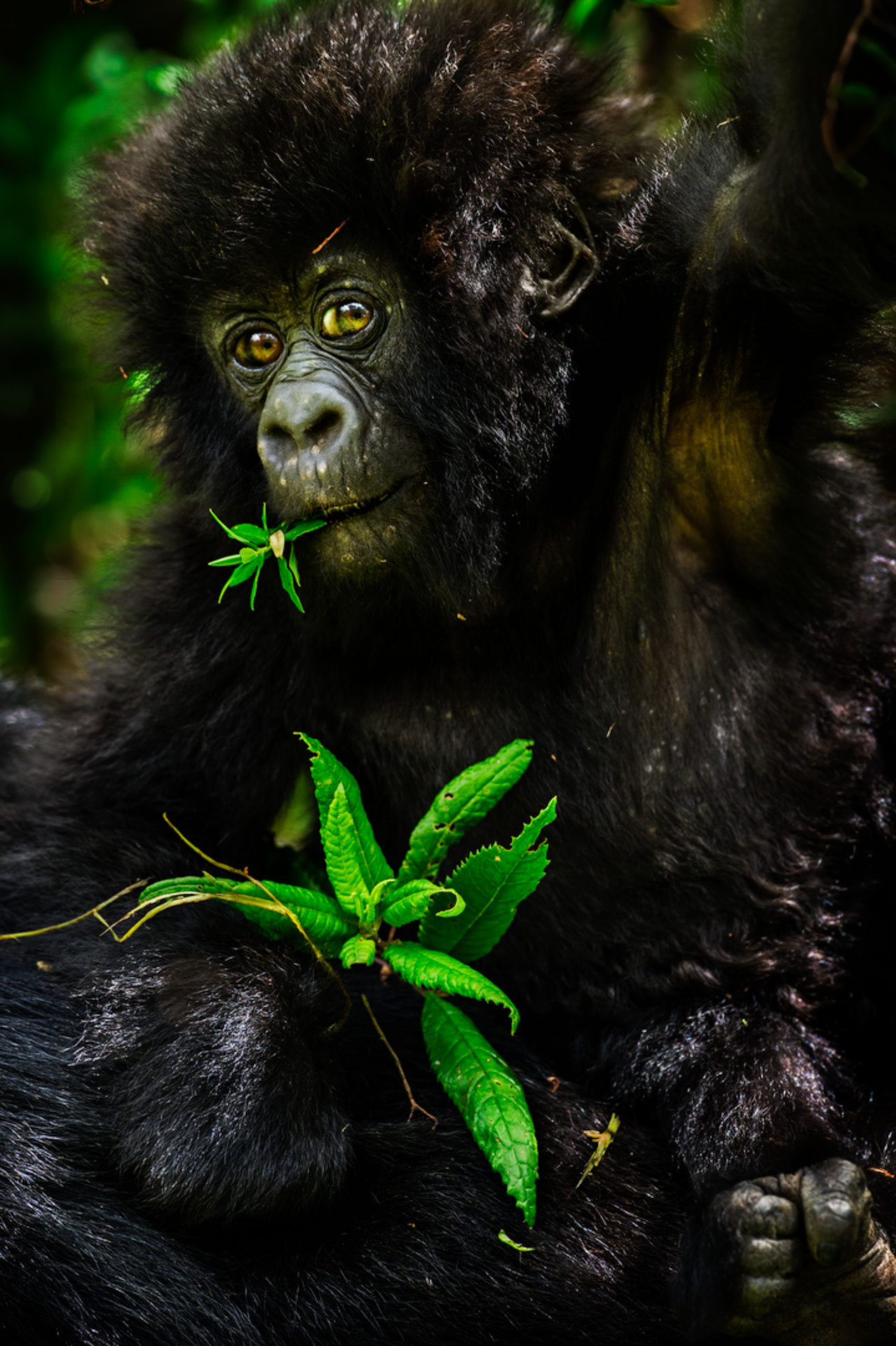
Then suddenly the majestic mountain gorillas appear among the dense vegetation. The black fur will be an effective contrast to the green leaves and you can vary your pictures between portraits where you capture the individual’s facial expressions or pictures where we use bland and branches as part of the composition for framing. Our knowledgeable rangers are on hand to tell you more about the mountain gorillas and their way of life. Despite the fact that there is a safety distance on how close we are allowed to get to the gorillas, it is not uncommon for them to be curious and sometimes it happens that they come within an arm’s length.
Back at the lodge with the memory cards filled with pictures and memories for life, there will be time for relaxation for the rest of the day. (B, L, D)
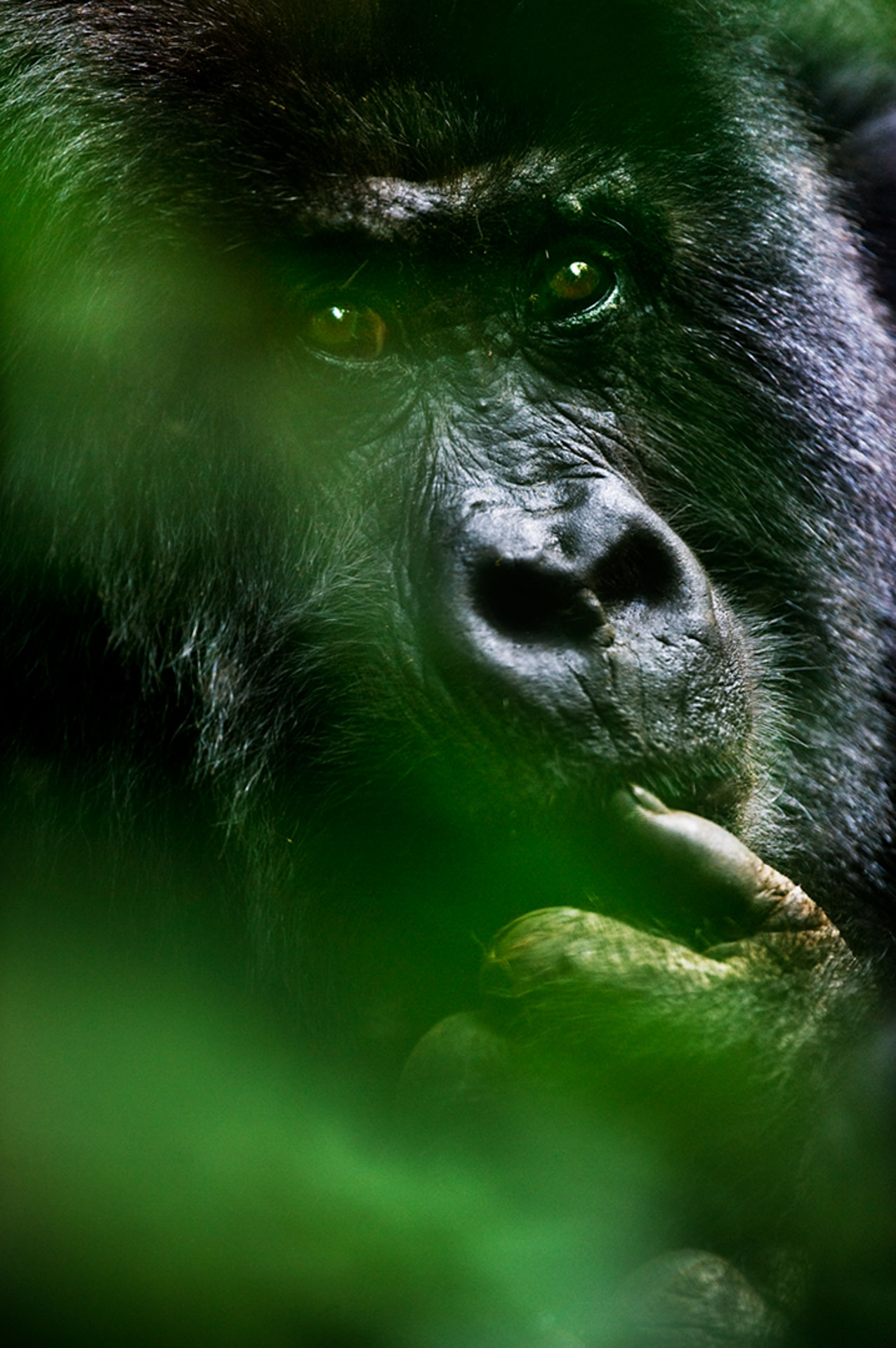
DAY 8, (Sept 8)
GOLDEN GUENON IN THE MGAHINGA MOUNTAINS
Today is the time for the last photo expedition of the trip. We set out on a hike in the morning, we set out on a hike to look for and photograph the endangered golden guenon, which is often find at the foot of the volcanic Mgahinga mountains in Mount Gahinga National Park. We start our hike from the bamboo-covered surroundings and move up along the ravines that are lined with forest, the golden guenon that is our main motif for the day has, as the name suggests, a gold-colored body and eye-catching cheeks. In this national park there is also the opportunity to photograph, among other things, elephant and Buffalo. There are even leopards in the park, but they are very difficult to see.
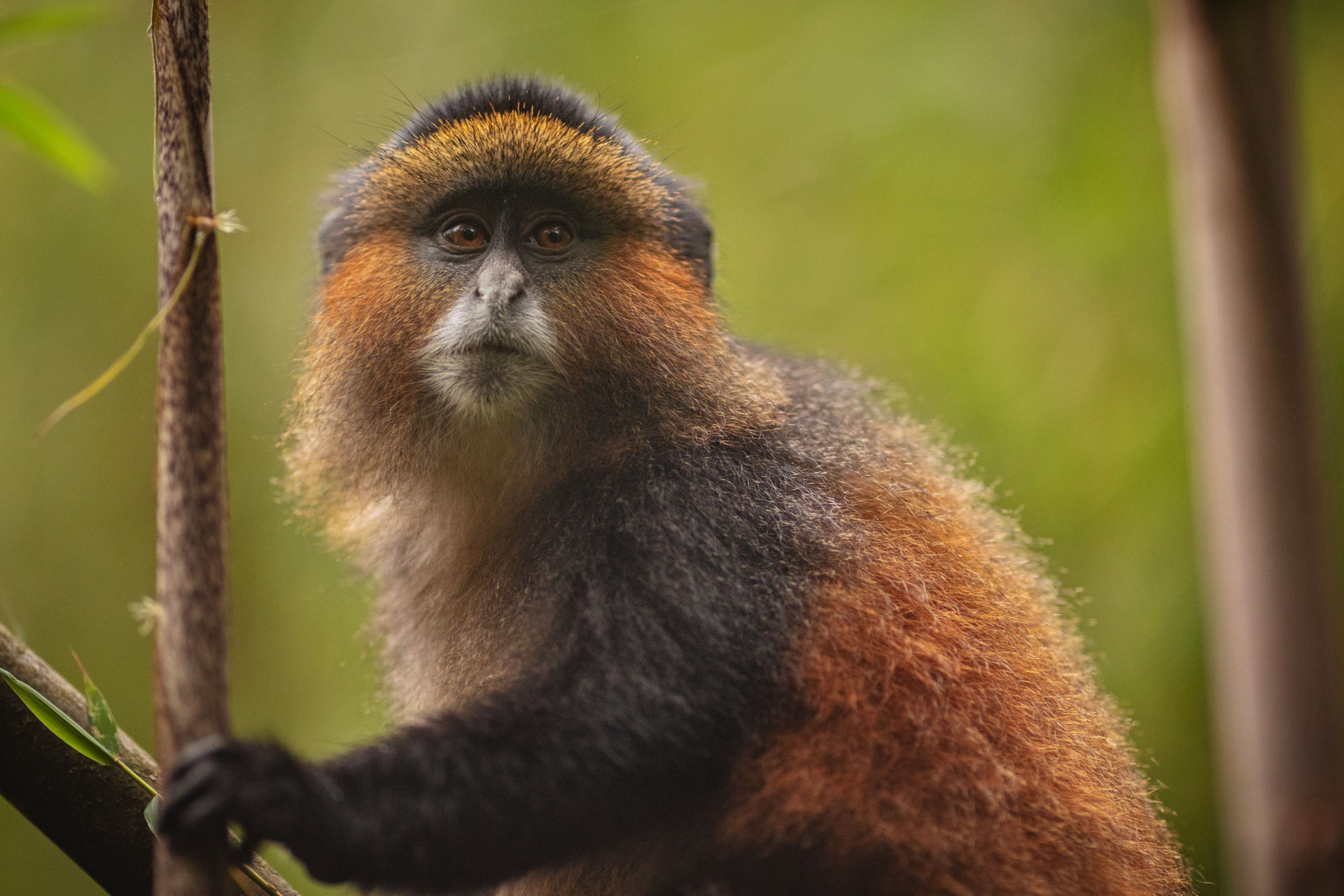
In the afternoon we check in at Ichumbi Hotel Kisoro. After check-in, it is time to select your best pictures from the trip, when Mattias will select the ”picture of the trip”in connection with the closing dinner. This picture automatically goes to the final of Zoom Fotoresor’s competition “Picture of the year 2024” where the first prize is a gift card worth 5 000 SEK. (B, L, D)
DAY 9, (Sept 9)
RETURN JOURNEY
Immediately after breakfast we take the flight out from Bwindi to Entebbe where we land around lunchtime. After that, the journey home is done on your own. (B)
PHOTOGRAPHER
MATTIAS KLUM • National Geographic Photographer
Mattias Klum is Sweden’s most internationally known nature photographer and filmmaker. He has worked as a cinematographer, cinematographer and director on several film and television projects since 1994. Klum is internationally recognized for his way of depicting animals, plants, environments and culture in the form of articles, books, films, lectures and exhibitions. In 1997, Mattia’s photos were published for the first time in National Geographic Magazine. Mattias was then one of the youngest ever published in the magazine and the first Swede to get a cover photo. Since then, Mattias has had no less than 13 cover photos and numerous articles in National Geographic Magazine. Mattias has also published 16 books, produced 12 films, had photo exhibitions all over the world and had pictures and articles published in many of the world’s largest newspapers and magazines.
For more information see: mattiasklum.com/

Mattias Klum, is Sweden’s most internationally known nature photographer and filmmaker.
READ MORE

Mattias Klum is Sweden’s most internationally known nature photographer and filmmaker. He has worked as a cinematographer, cinematographer and director on several film and television projects since 1994. Klum is internationally recognized for his way of depicting animals, plants, environments and culture in the form of articles, books, films, lectures and exhibitions. In 1997, Mattia’s photos were published for the first time in National Geographic Magazine. Mattias was then one of the youngest ever published in the magazine and the first Swede to get a cover photo. Since then, Mattias has had no less than 13 cover photos and numerous articles in National Geographic Magazine. Mattias has also published 16 books, produced 12 films, had photo exhibitions all over the world and had pictures and articles published in many of the world’s largest newspapers and magazines.
For more information see: mattiasklum.com/
HOTELS & LODGES
HOTELS & LODGES
PRICE, FACTS & BOOKING
PRICES, FACTS & BOOKING
Price per person: £ 4 845 or USD 6 000
The price includes:
- Jeep and bus transportation according to the program.
- A domestic flight.
- Accommodation in a double room in a hotel/lodge according to the program.
- Meals according to program (B = Breakfast, L = Lunch, D = Dinner).
- Safaris by program.
- Boat safari.
- Gorilla permit.
- Chimpanzee permit.
- Golden guenon.
- Local rangers associated with all safaris.
- Park fees.
- The participation of Mattias Klum during the trip.
- Workshops with Mattias Klum.
- Various presentations during the trip.
- Participation of a host from Zoom Photo Tours.
- Hotel and other local taxes and fees.
- Travel documents and practical travel information.
The price does not include:
- Flights to and from Entebbe.
- Single room supplement: £ 565 or USD 700
- Tip: 10 USD / day to the nature guide who participates during the trip.
- All expenses of a personal nature such as meal drinks, phone calls, etc.
- Cancellation protection and travel insurance, see “Worth knowing”.
TRANSPORT
Fly to Entebbe on your own. You should arrive in Entebbe no later than 17: 00 on August 31 and don’t book your return trip earlier than about 17.00 the September 9.
If you would like help with booking a flight to Entebbe, we are happy to help you with this. More information on this will come closer to departure.
FACTS
Target group: photographers interested in developing their skills in animal and nature photography as well as visual storytelling. If you are interested in deepening your interest in photography or even establishing yourself in the industry, Mattias can give many good tips.
Min / max quantity: 8/12.
Languages: Swedish, English
Other: for more information about Zoom photo trips, delivery conditions, etc. see here.
EQUIPMENT
- Your system camera.
- A wide-angle lens such as 24-70 mm.
- A medium-length tele type 70-200 mm.
- A long telephoto lens up to 500 mm.
- A one-legged stand.
- A laptop with Adobe Photoshop or Lightroom.
- Battery charger as well as additional batteries.
- Additional memory cards.
BOOKING
You can book the trip by clicking on the button below. You are also welcome to call us on the phone +46 470 466 40 or email us at info@zoomphototours.com

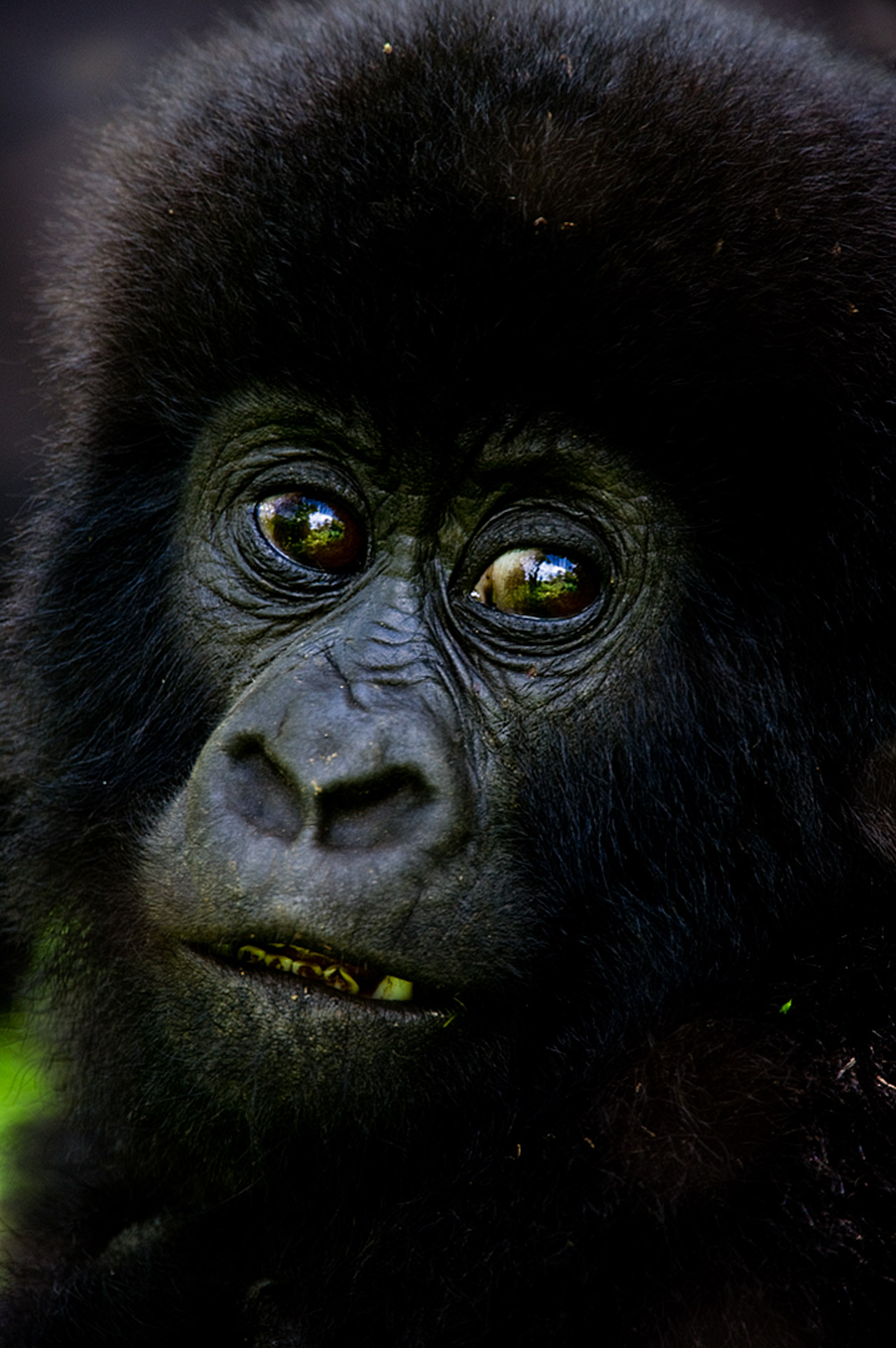

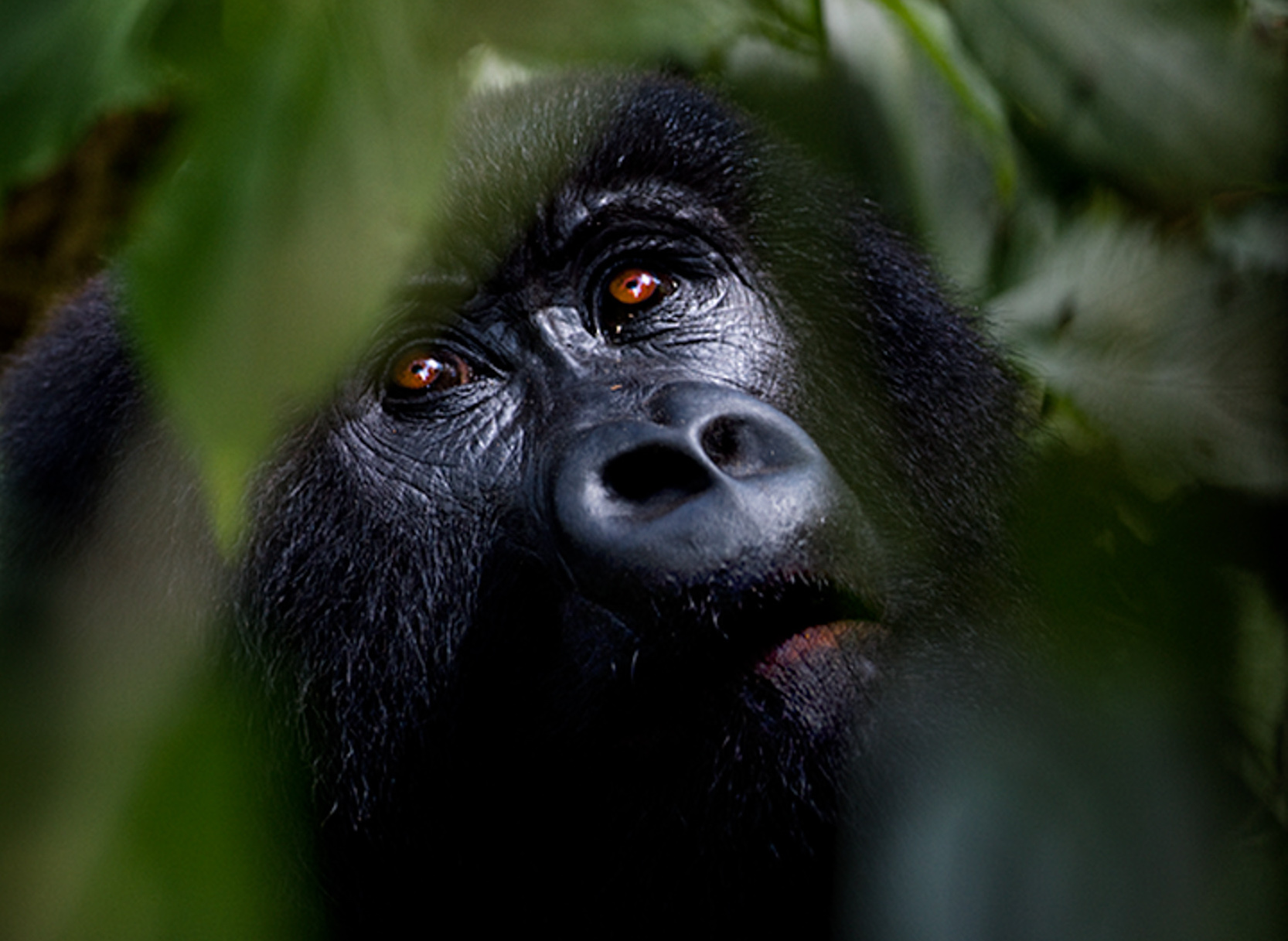
Foto: Mattias Klum, Stock
PRICE
Price per person: £ 4 845 or USD 6 000
The price includes:
- Jeep and bus transportation according to the program.
- A domestic flight.
- Accommodation in a double room in a hotel/lodge according to the program.
- Meals according to program (B = Breakfast, L = Lunch, D = Dinner).
- Safaris by program.
- Boat safari.
- Gorilla permit.
- Chimpanzee permit.
- Golden guenon.
- Local rangers associated with all safaris.
- Park fees.
- The participation of Mattias Klum during the trip.
- Workshops with Mattias Klum.
- Various presentations during the trip.
- Participation of a host from Zoom Photo Tours.
- Hotel and other local taxes and fees.
- Travel documents and practical travel information.
The price does not include:
- Flights to and from Entebbe.
- Single room supplement: £ 565 or USD 700
- Tip: 10 USD / day to the nature guide who participates during the trip.
- All expenses of a personal nature such as meal drinks, phone calls, etc.
- Cancellation protection and travel insurance, see “Worth knowing”.
TRANSPORT
Fly to Entebbe on your own. You should arrive in Entebbe no later than 17: 00 on August 31 and don’t book your return trip earlier than about 17.00 the September 9.
If you would like help with booking a flight to Entebbe, we are happy to help you with this. More information on this will come closer to departure.
FACTS
Target group: photographers interested in developing their skills in animal and nature photography as well as visual storytelling. If you are interested in deepening your interest in photography or even establishing yourself in the industry, Mattias can give many good tips.
Min / max quantity: 8/12.
Languages: Swedish, English
Other: for more information about Zoom photo trips, delivery conditions, etc. see here.
EQUIPMENT
- Your system camera.
- A wide-angle lens such as 24-70 mm.
- A medium-length tele type 70-200 mm.
- A long telephoto lens up to 500 mm.
- A one-legged stand.
- A laptop with Adobe Photoshop or Lightroom.
- Battery charger as well as additional batteries.
- Additional memory cards.
BOOKING
You can book the trip by clicking on the button below. You are also welcome to call us on the phone +46 470 466 40 or email us at info@zoomphototours.com
Foto: Mattias Klum, Stock
OUR NEWSLETTER
Be the first to hear about new tours, offers and travel inspiration from Zoom Phototours.
Newsletter
CONTACT
E-mail: info@zoomphototours.com
Phone: +46(0) 470 – 466 40
Follow our photo adventures on social media.
OUR NEWSLETTER
Be the first to hear about new tours, offers and travel inspiration from Zoom Phototours.
Newsletter
CONTACT
E-mail: info@zoomphototours.com
Telephone: +46 (0)470 – 466 40
Follow our photo adventures on social media.
Photo: Serkan Gunes

